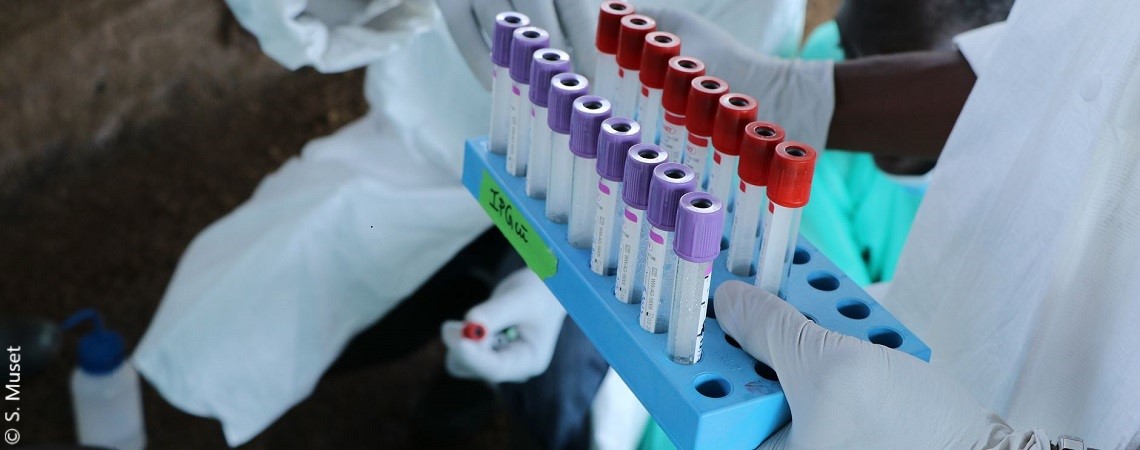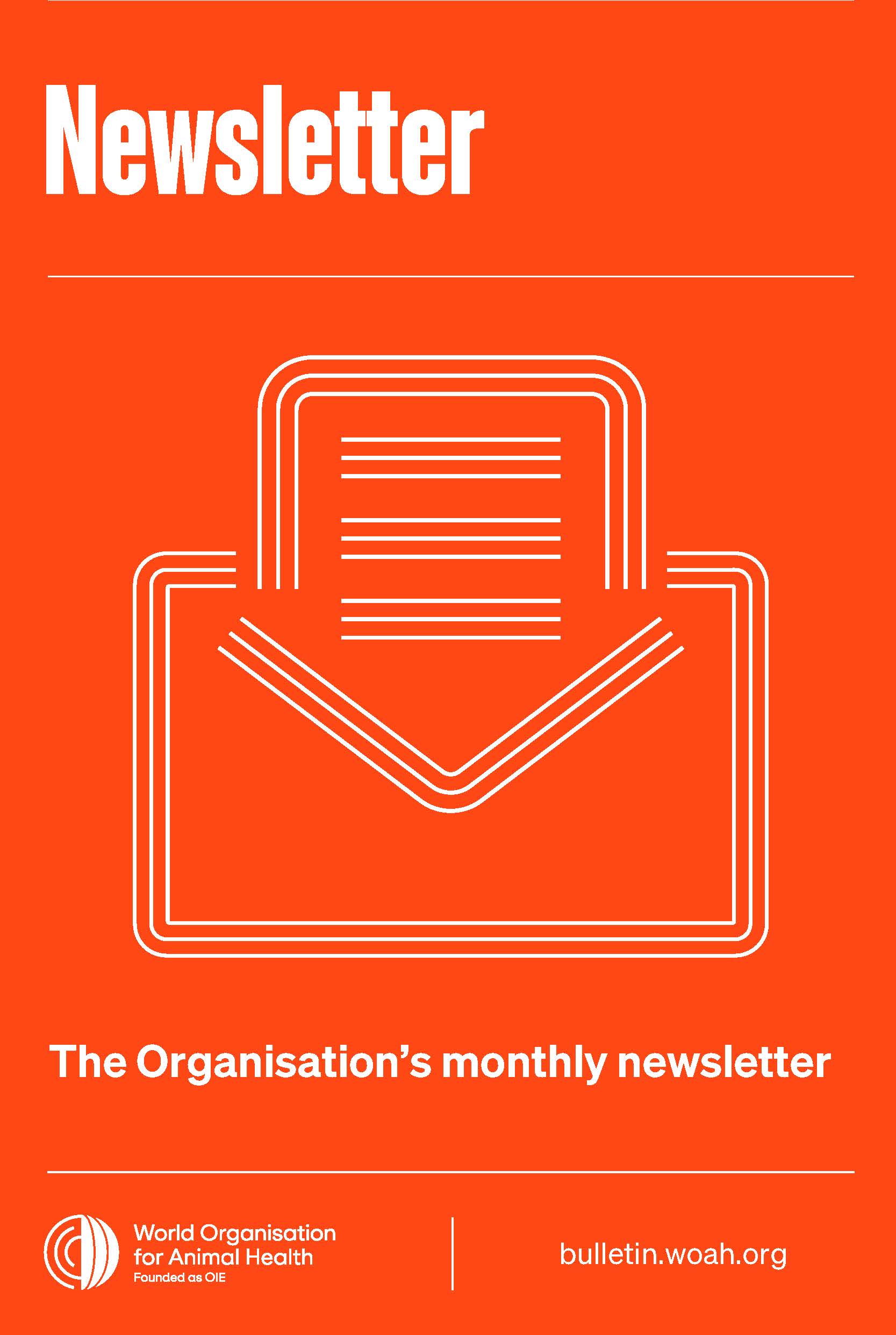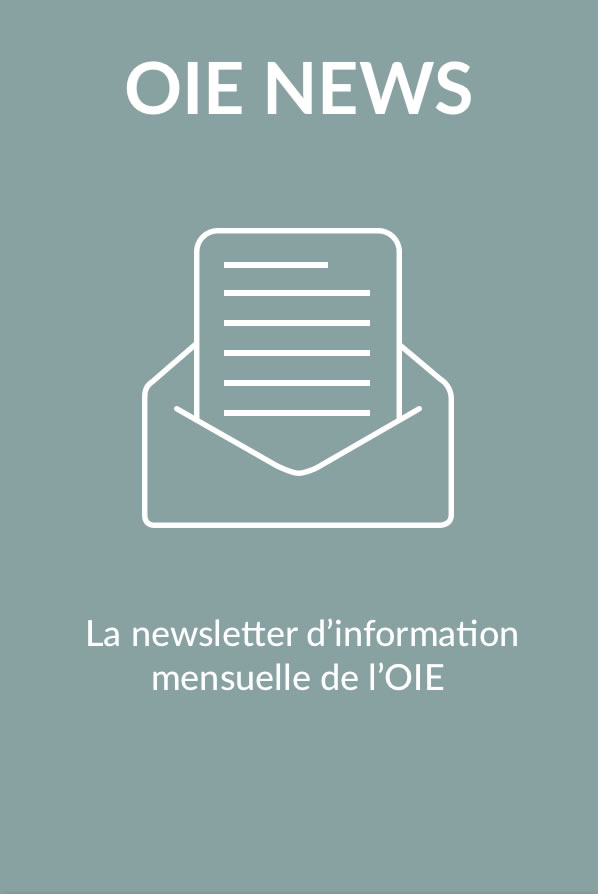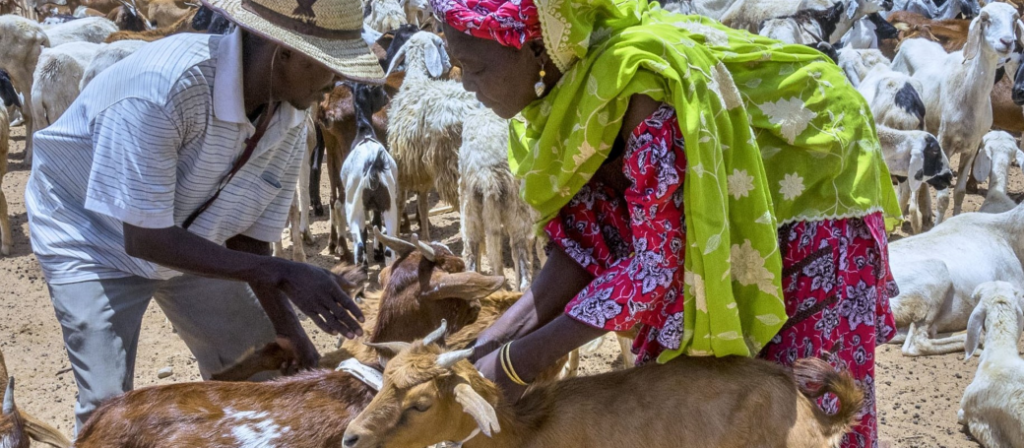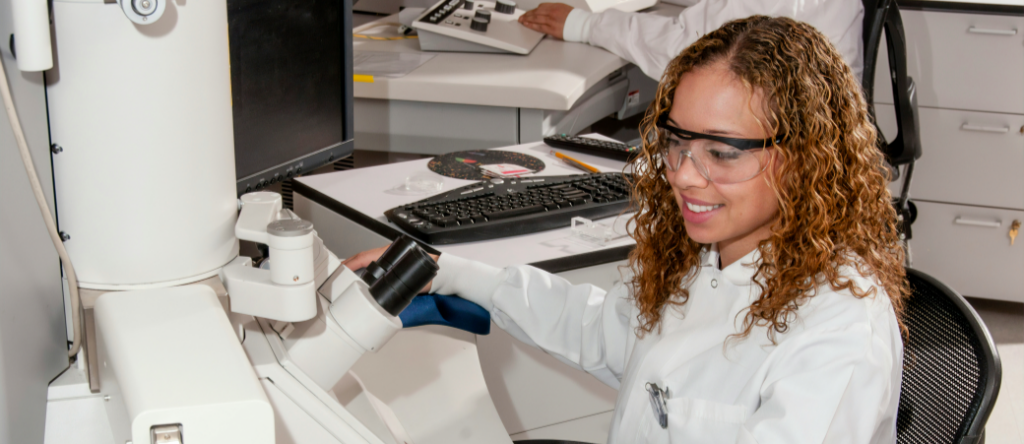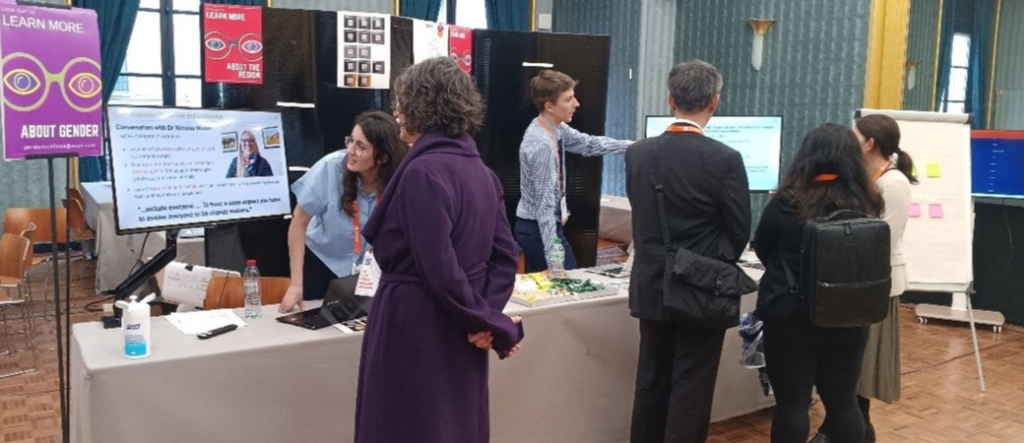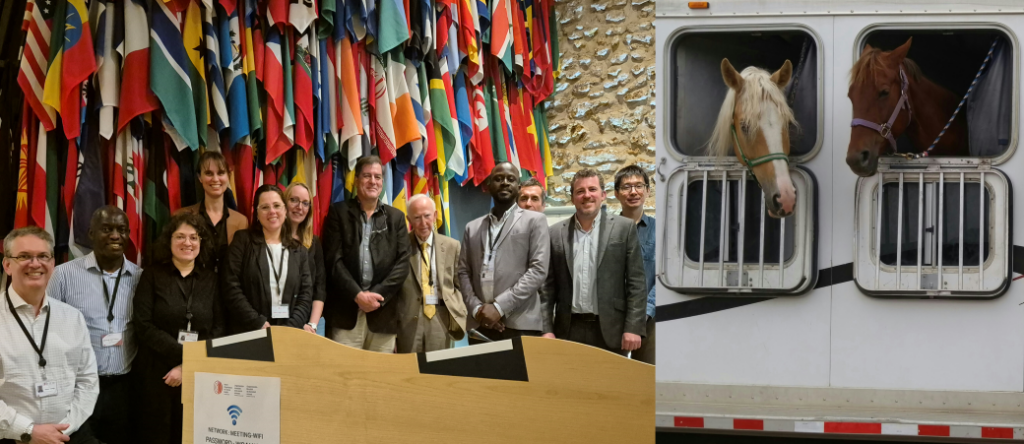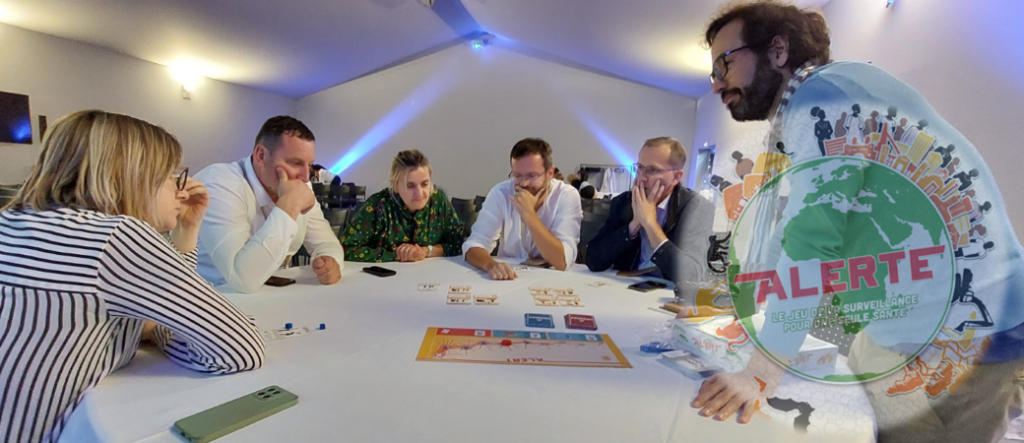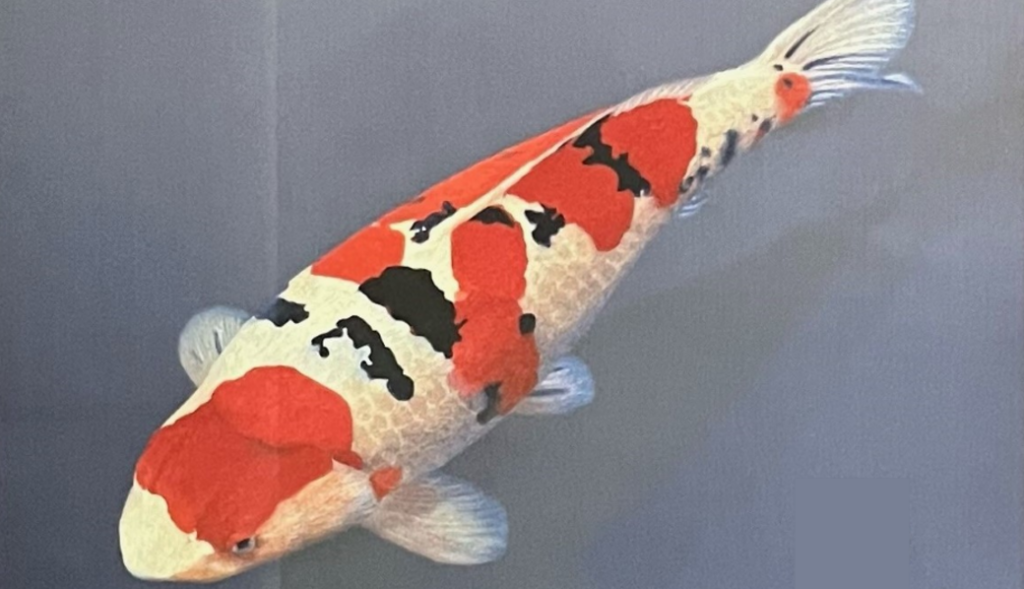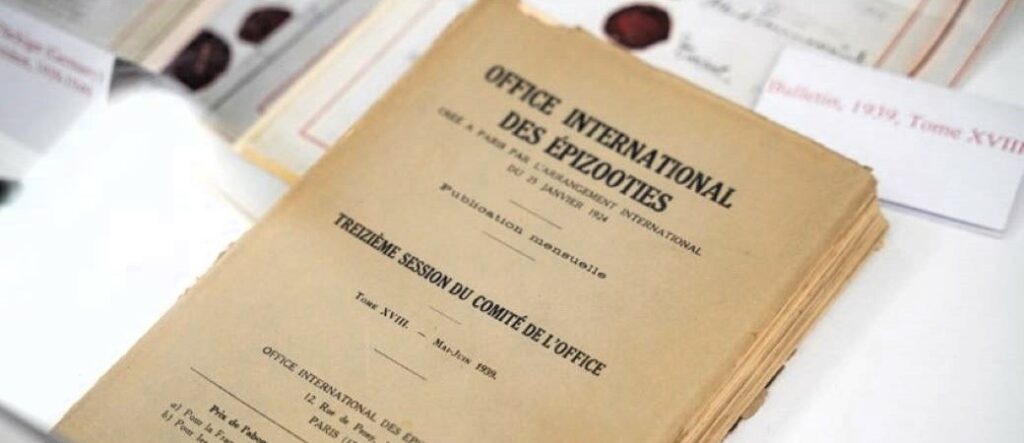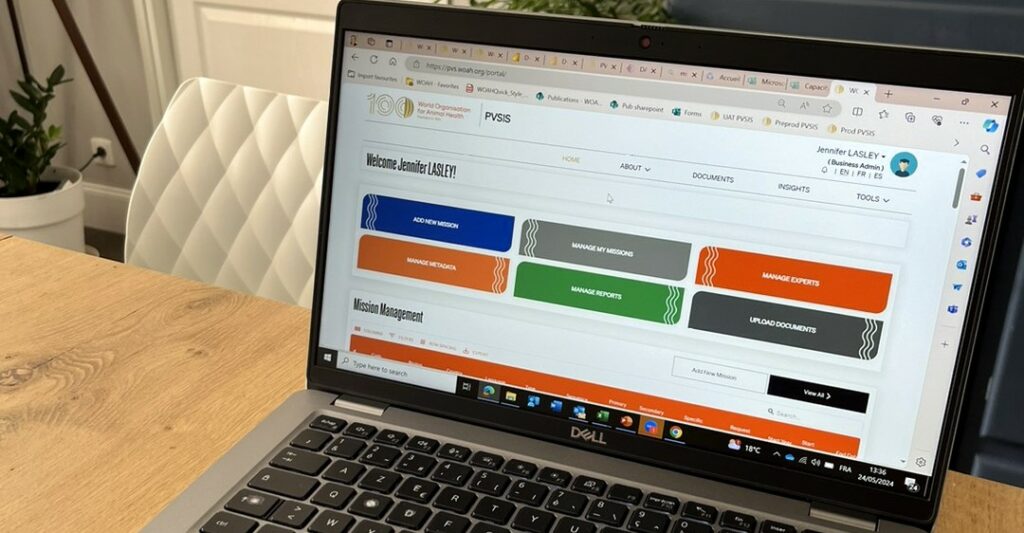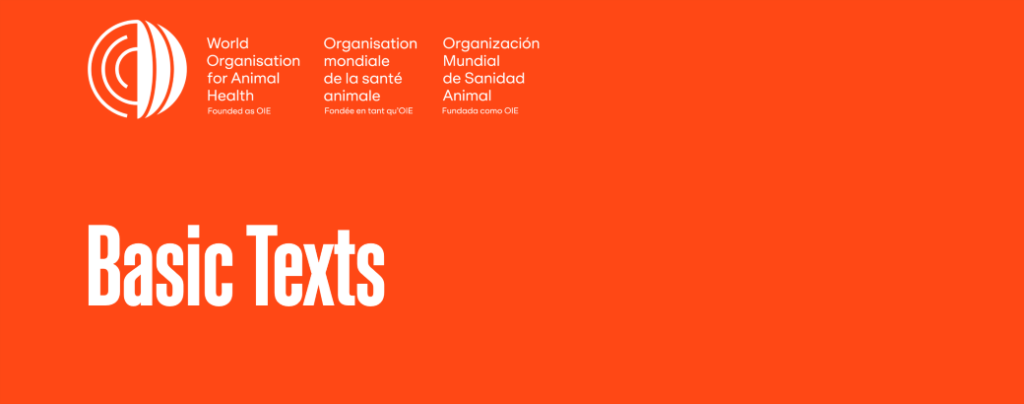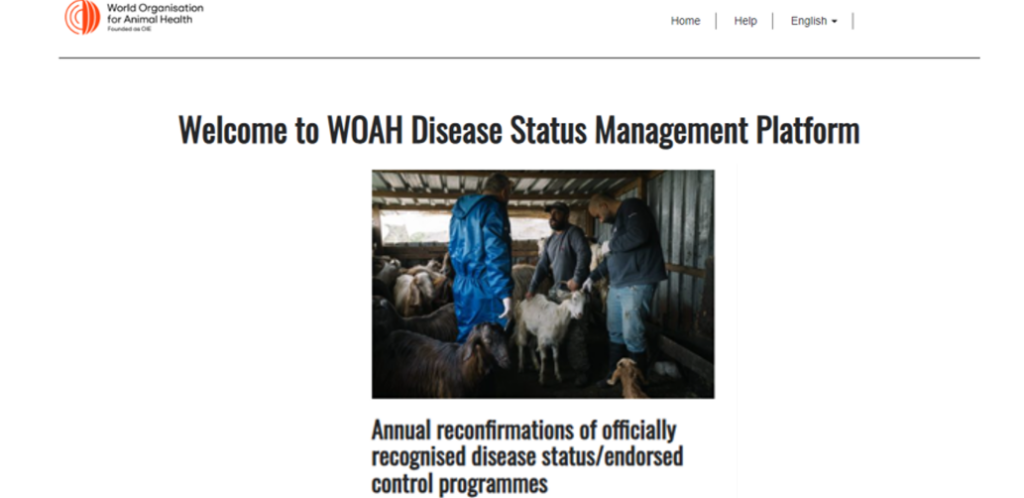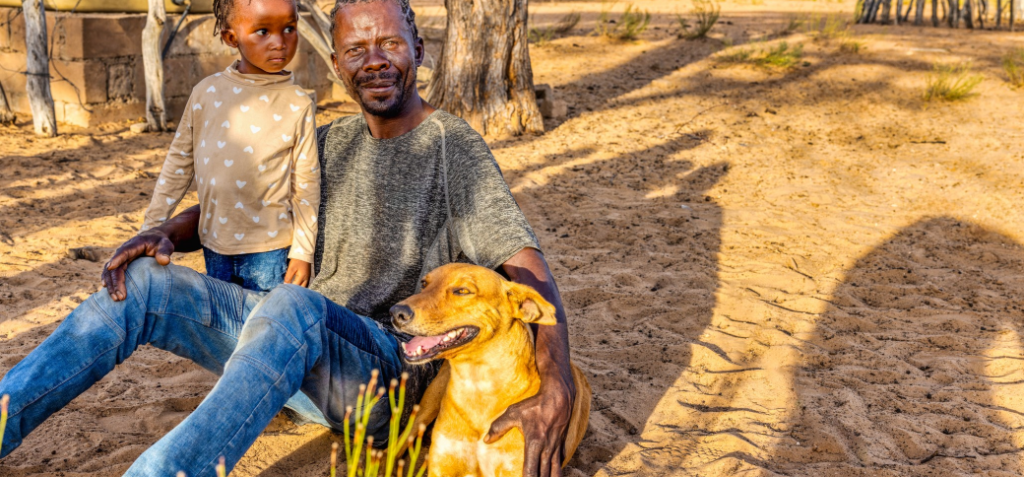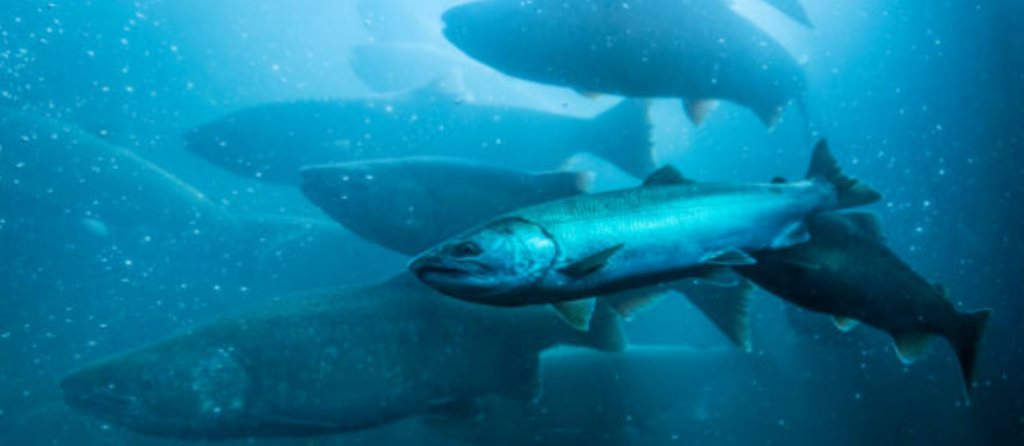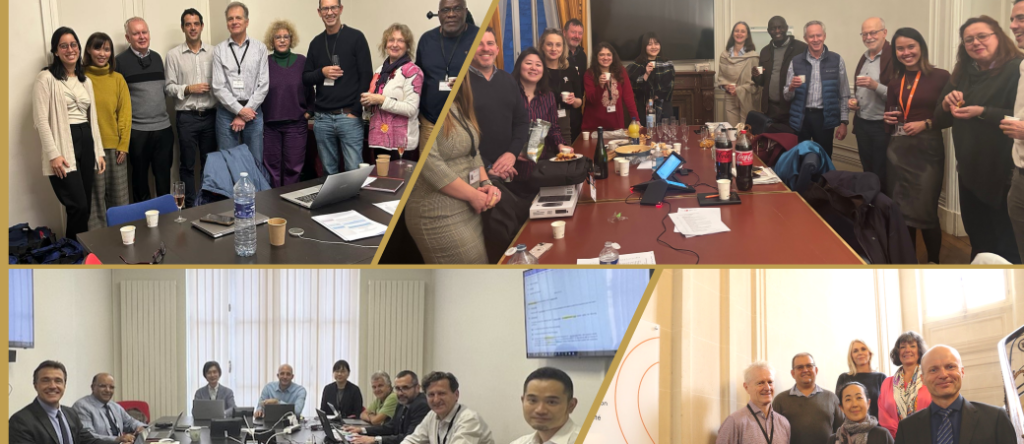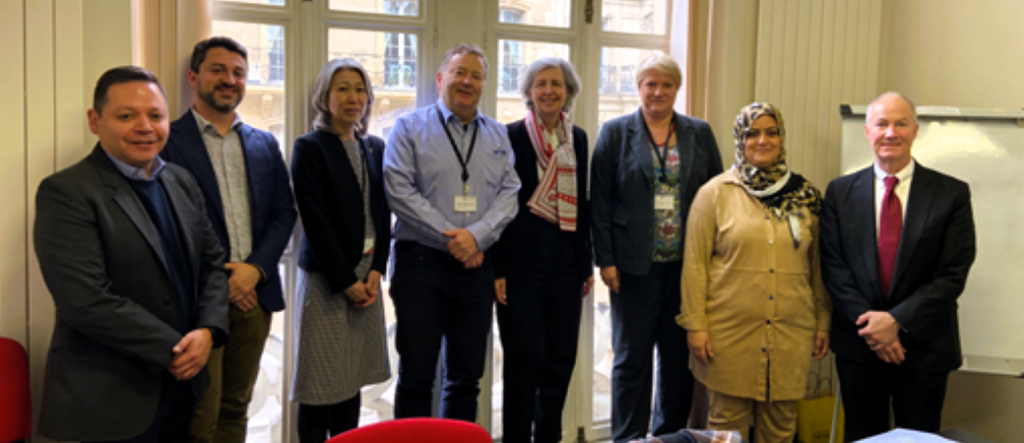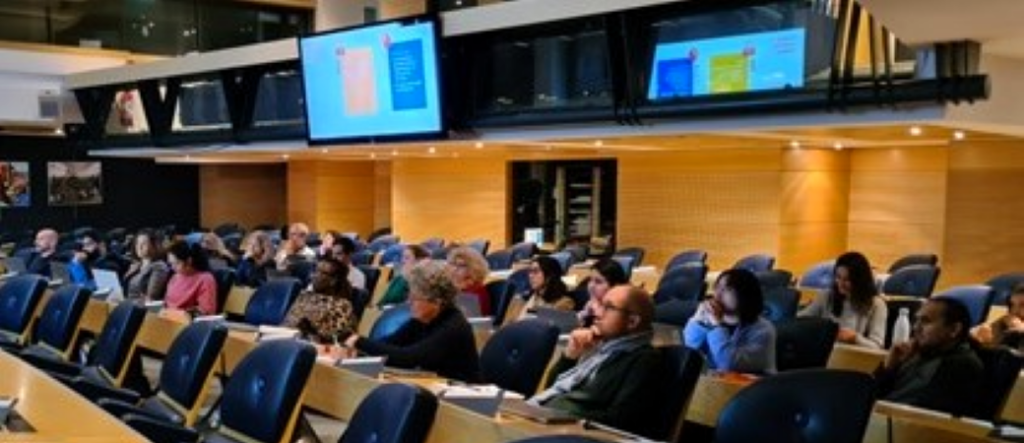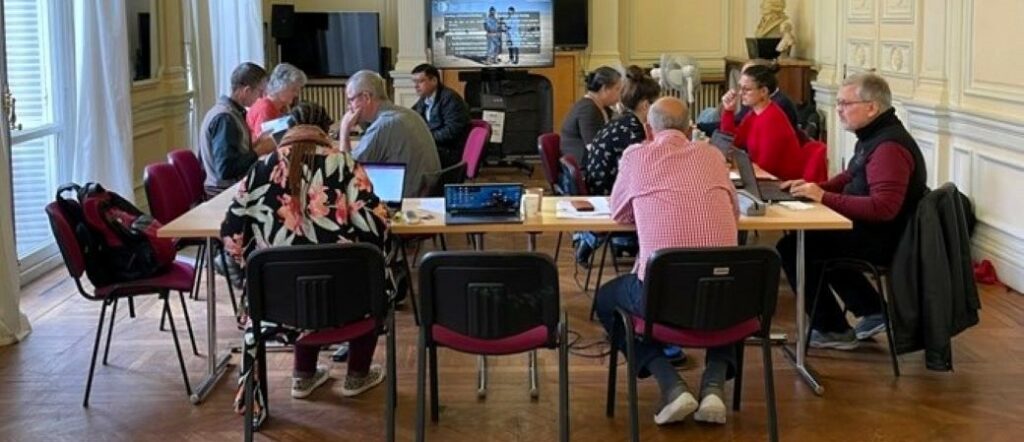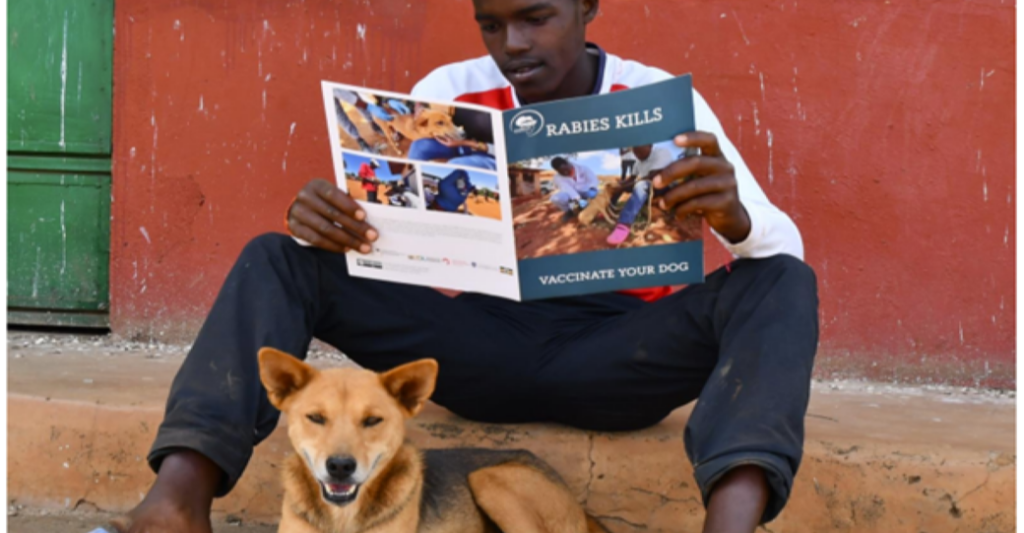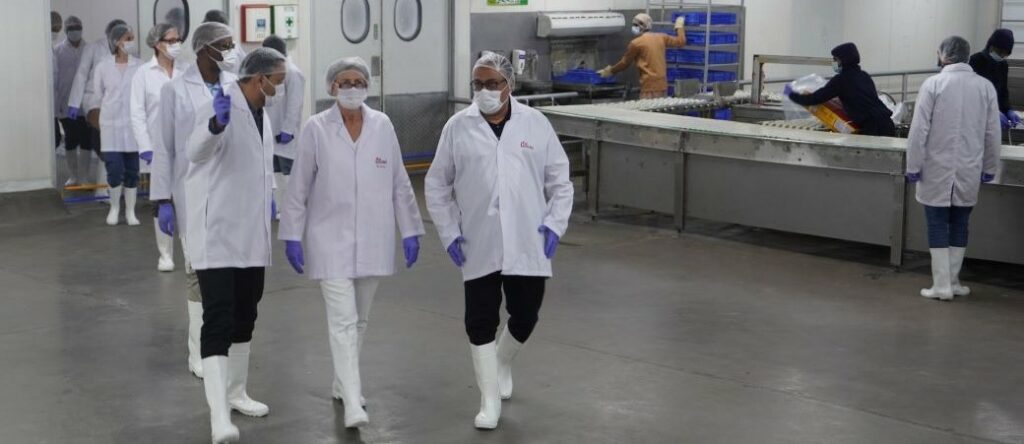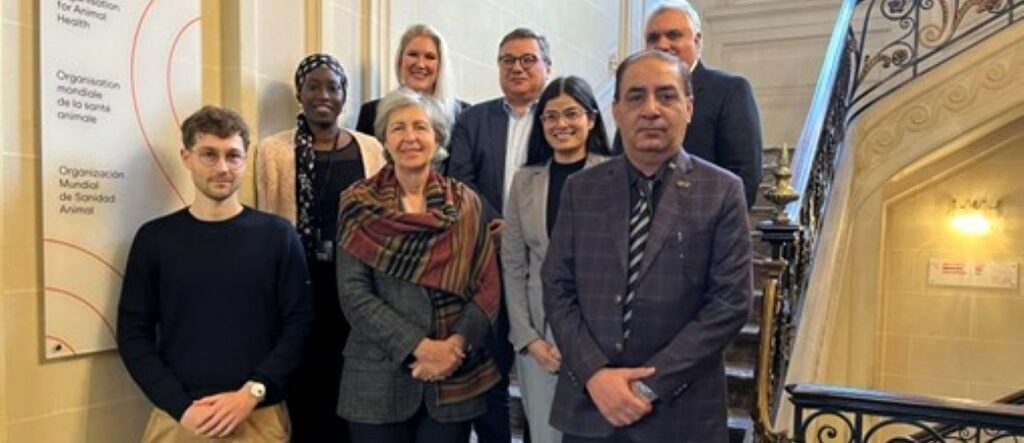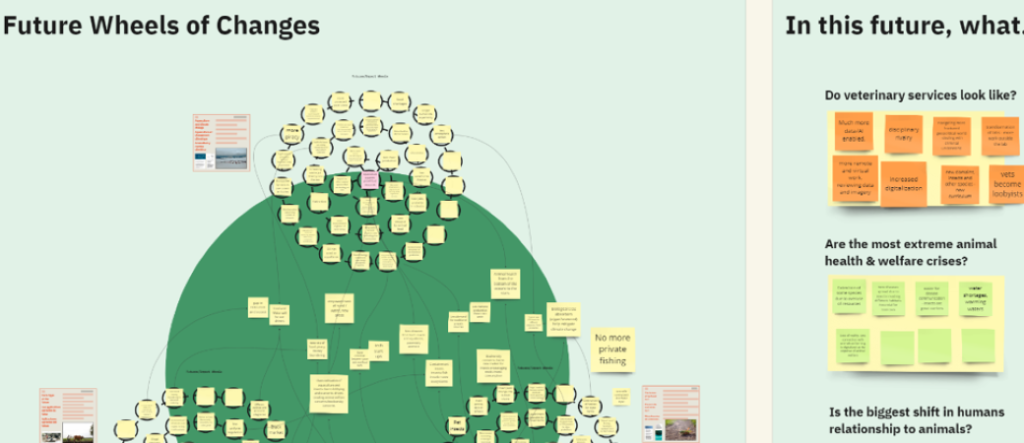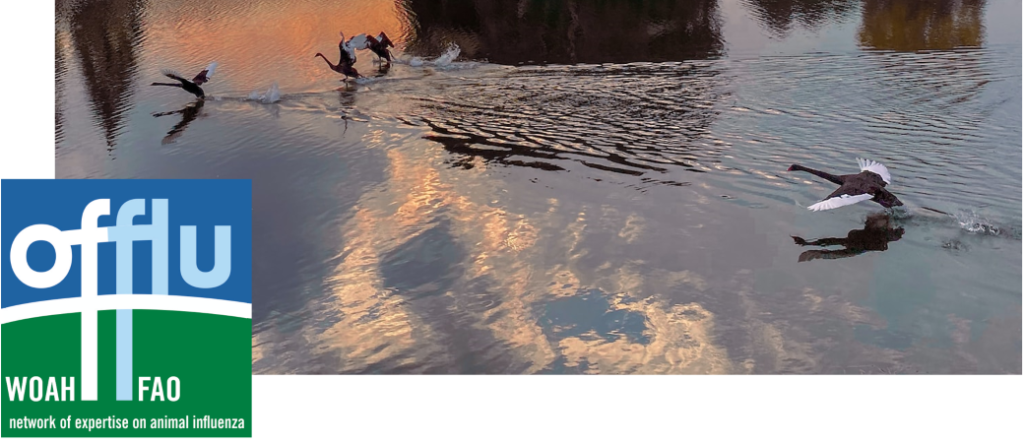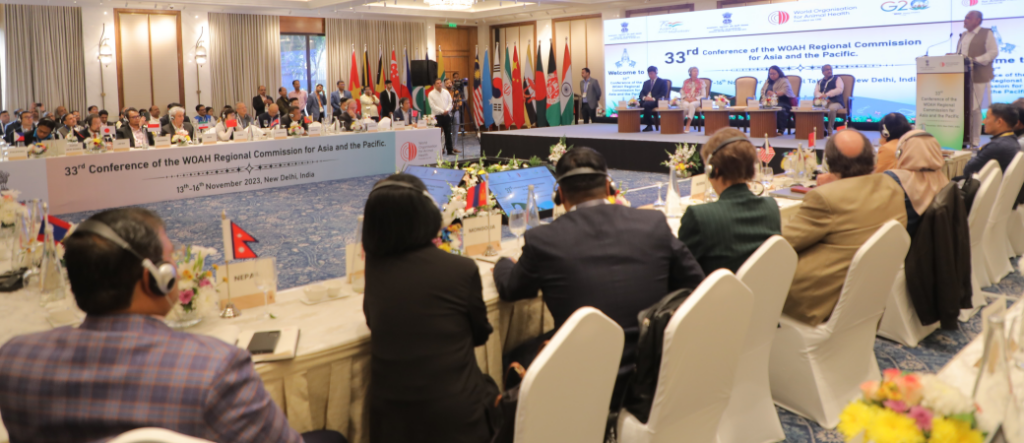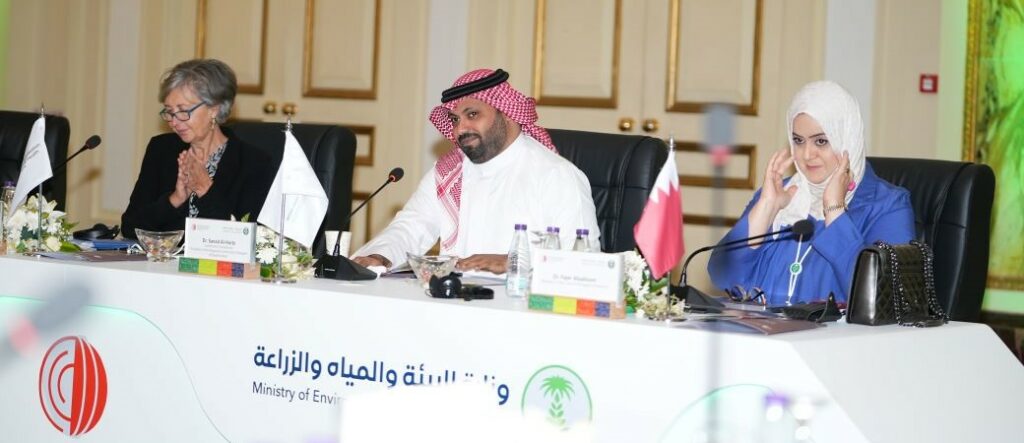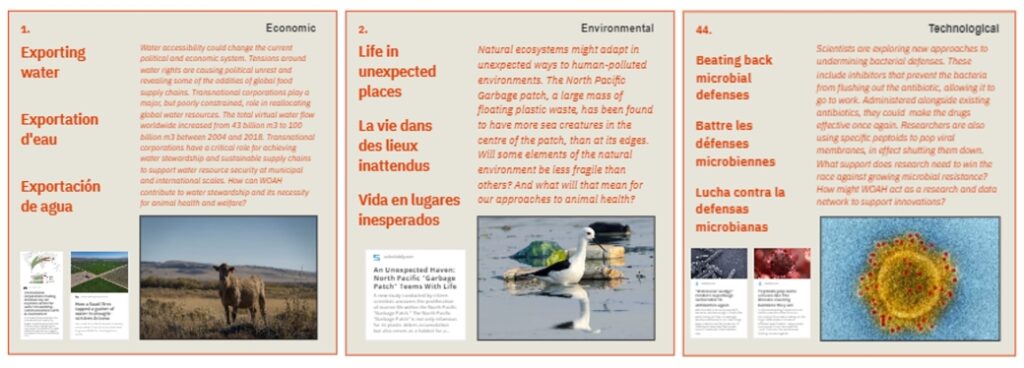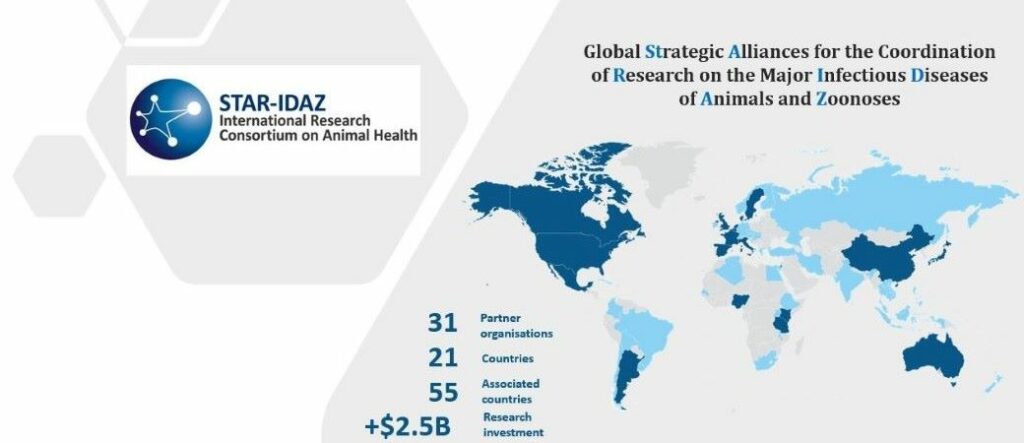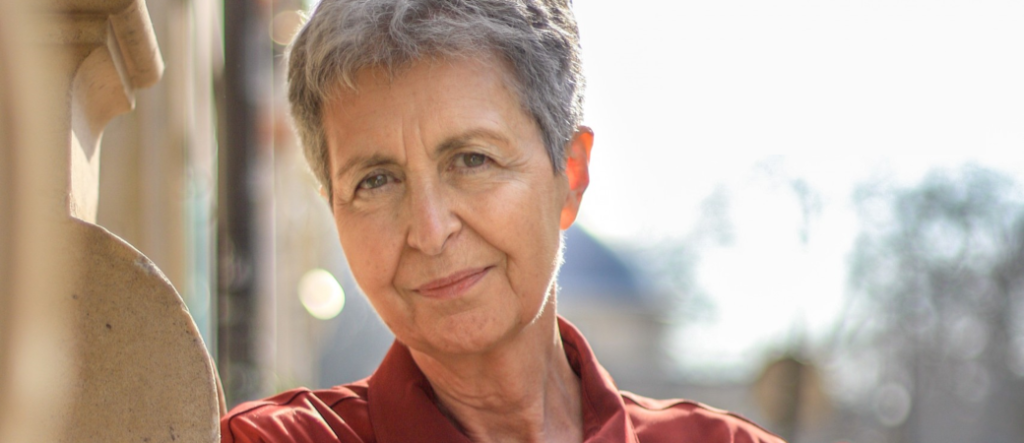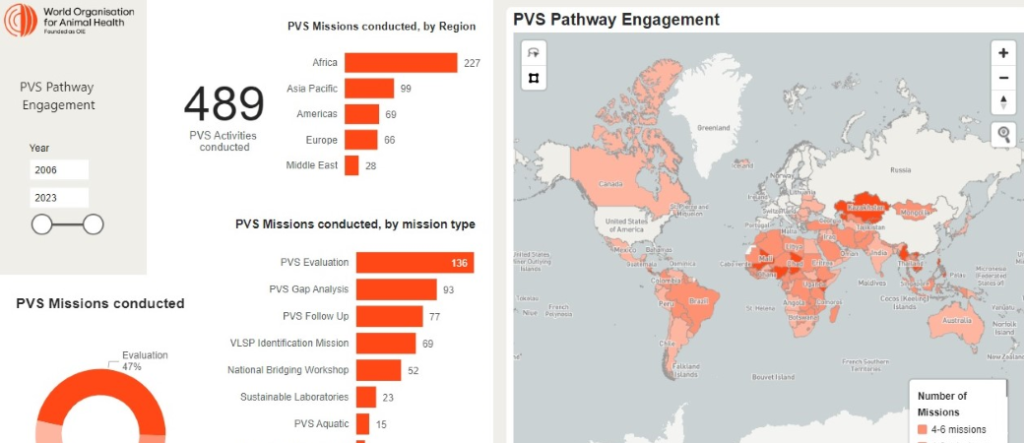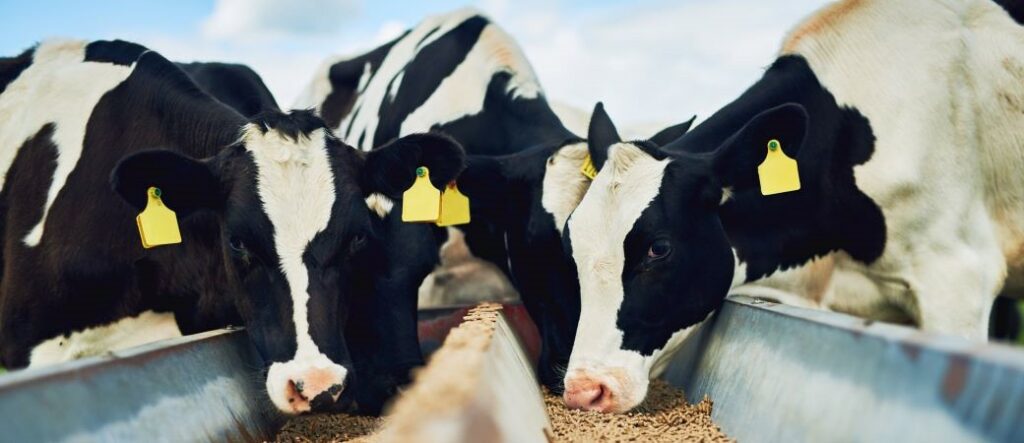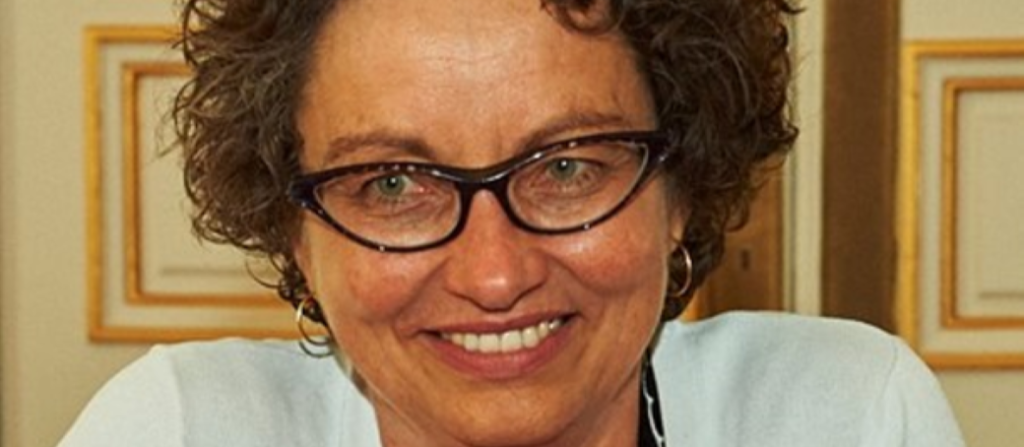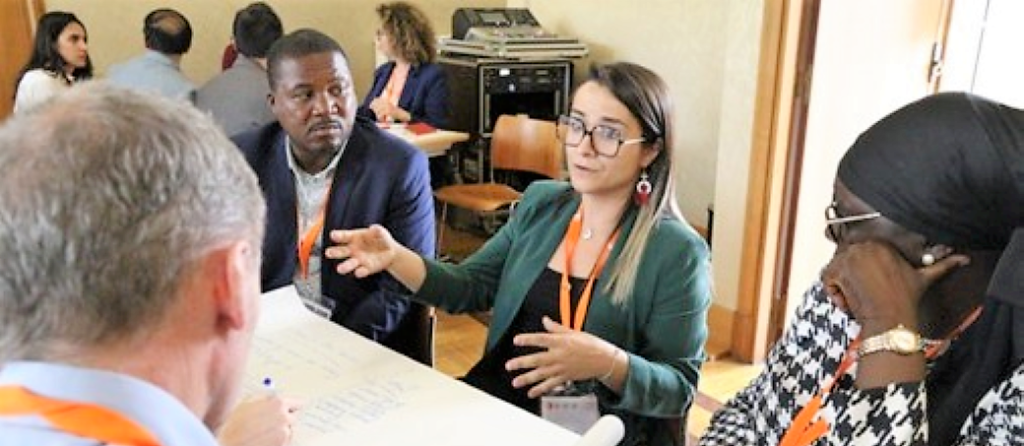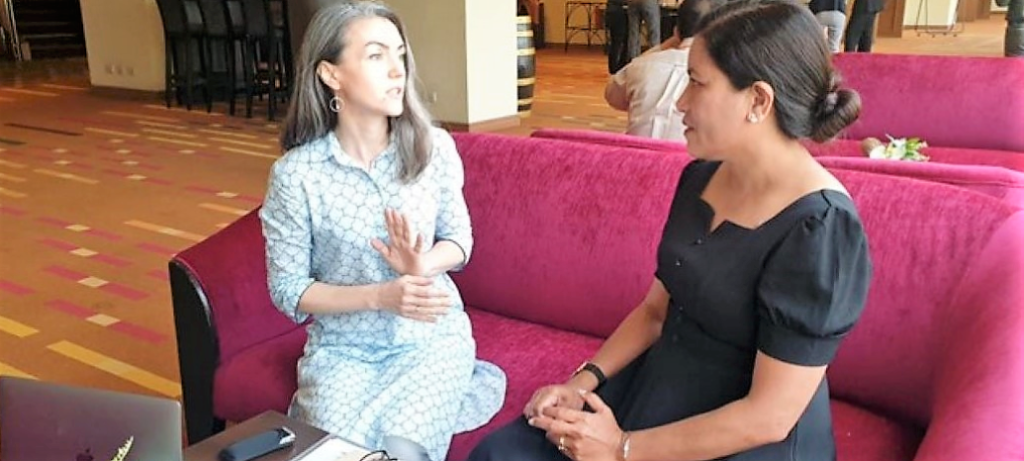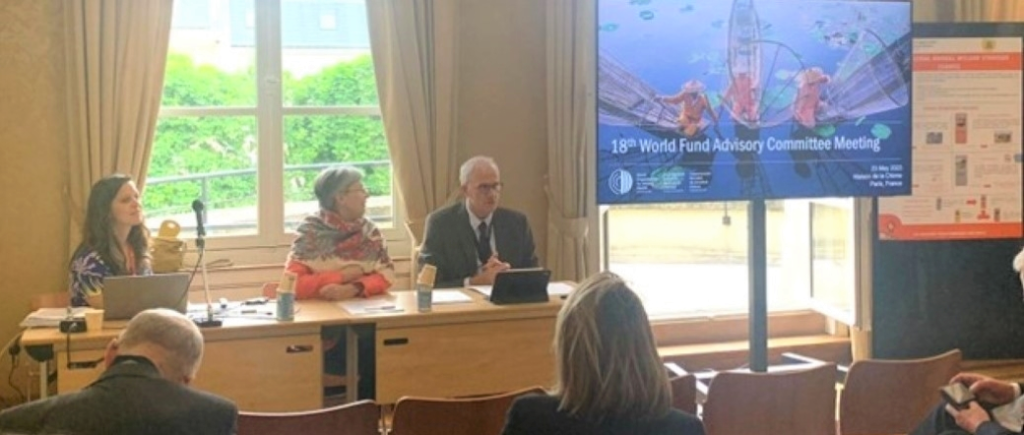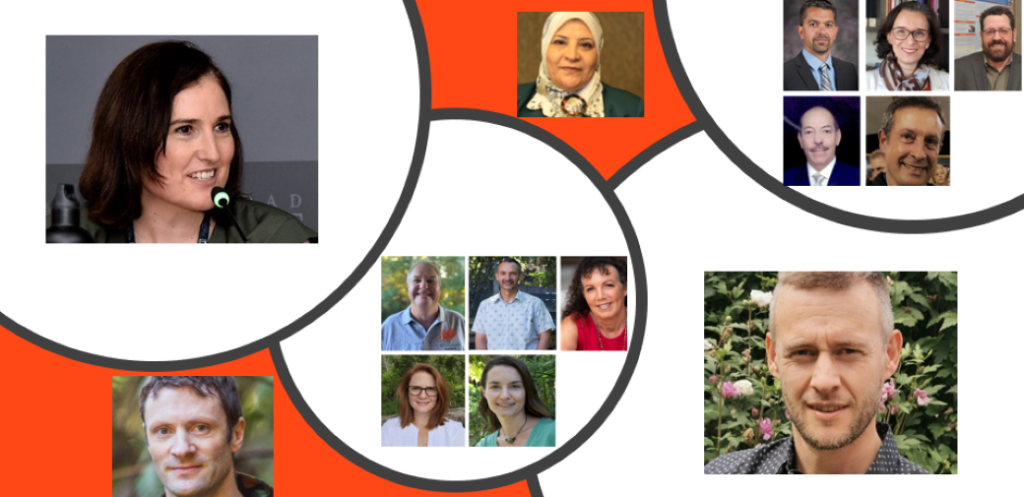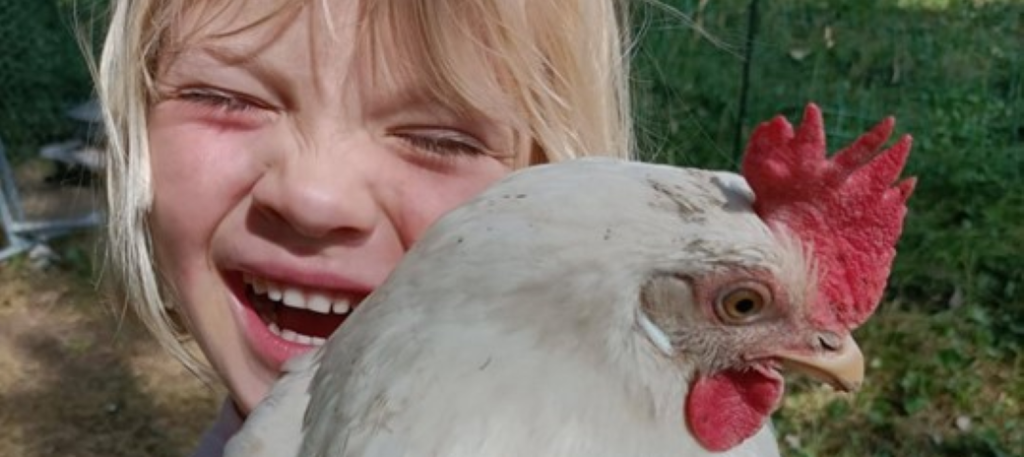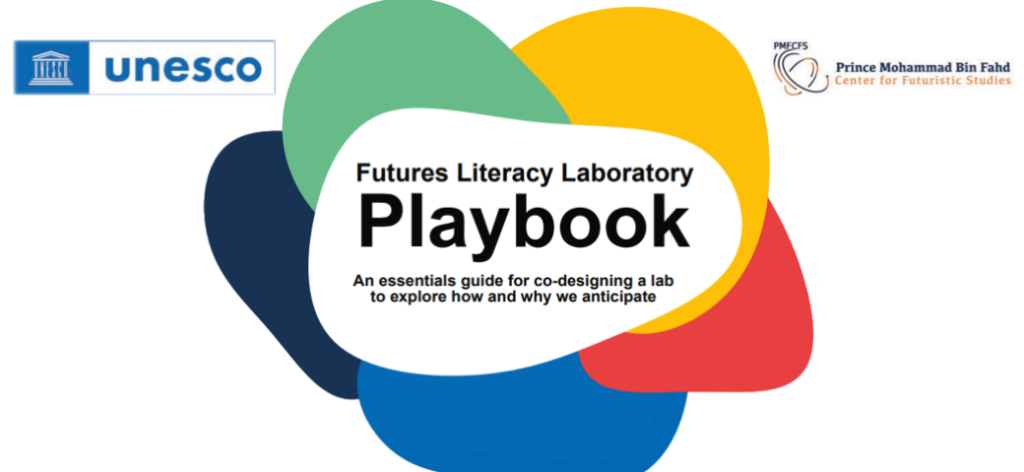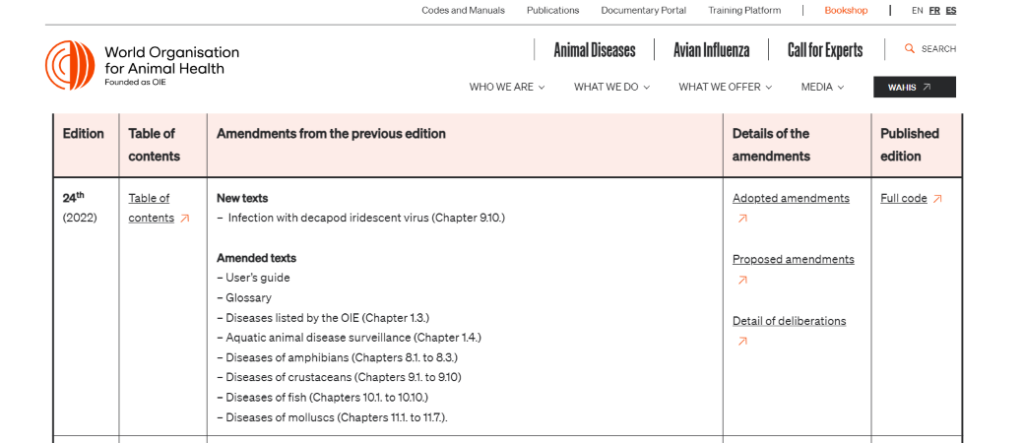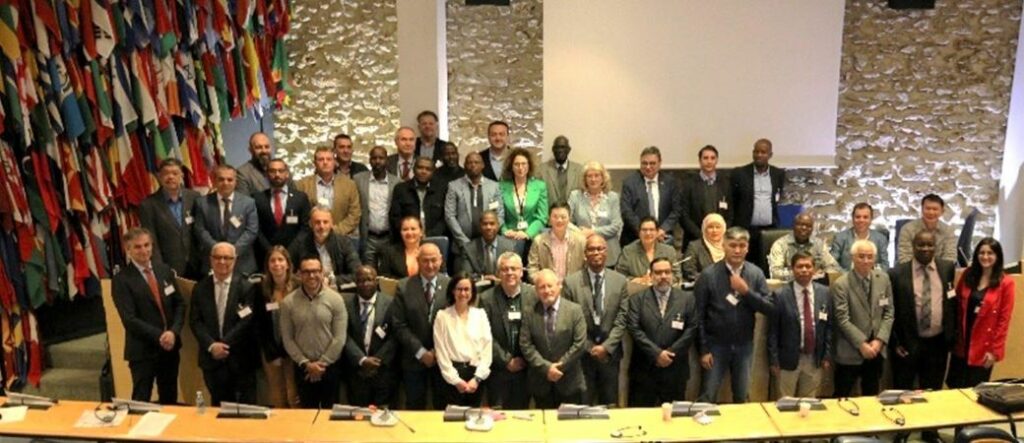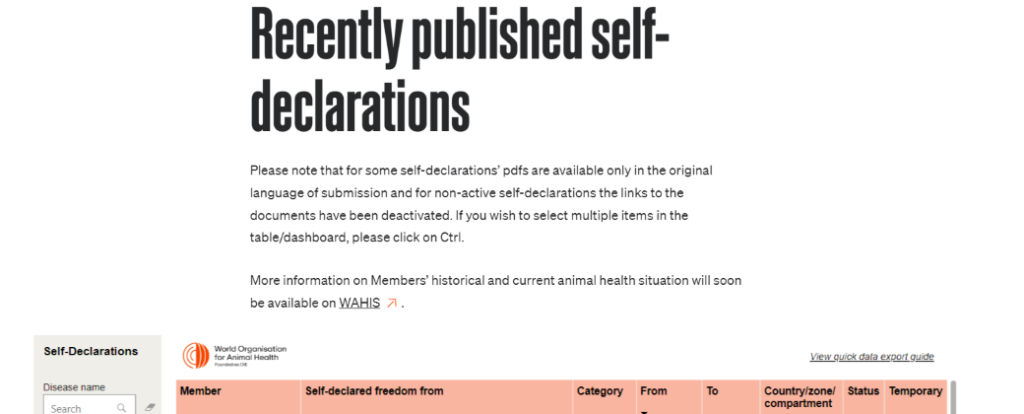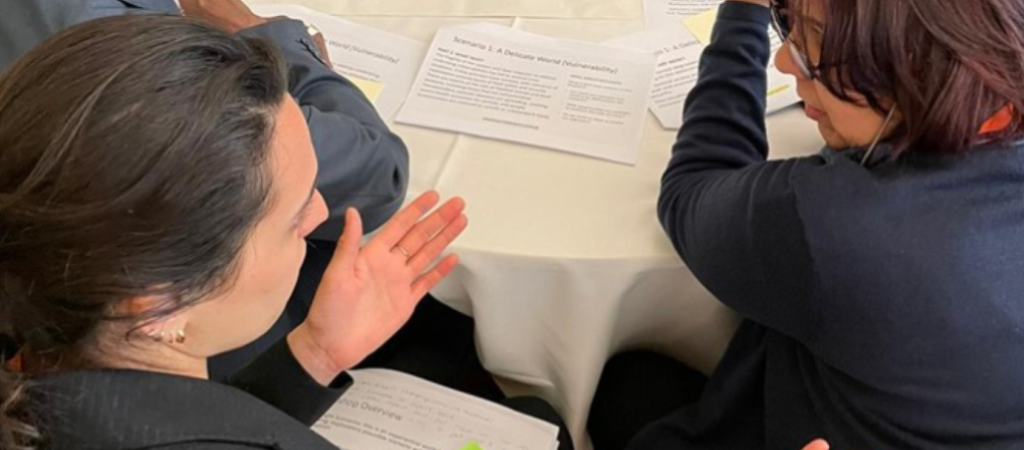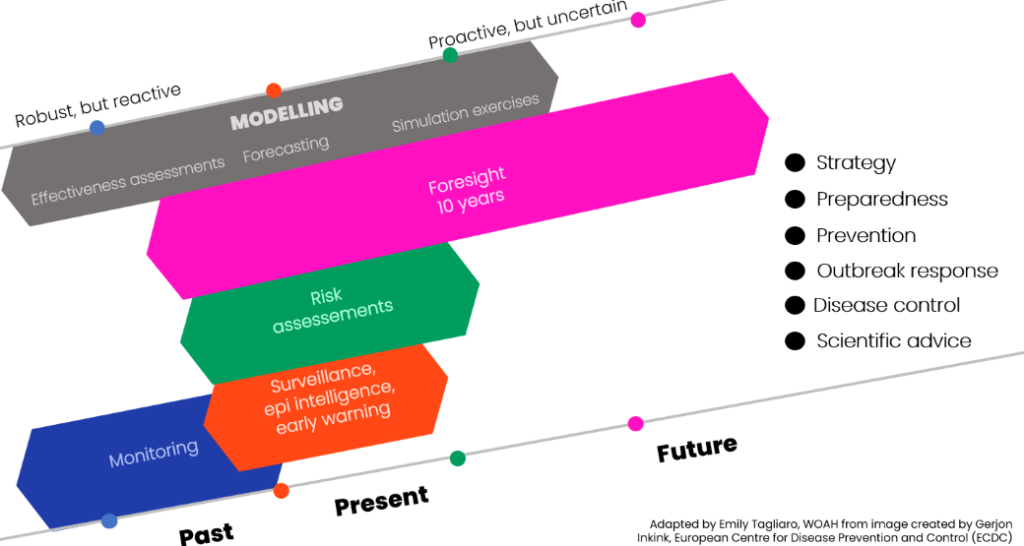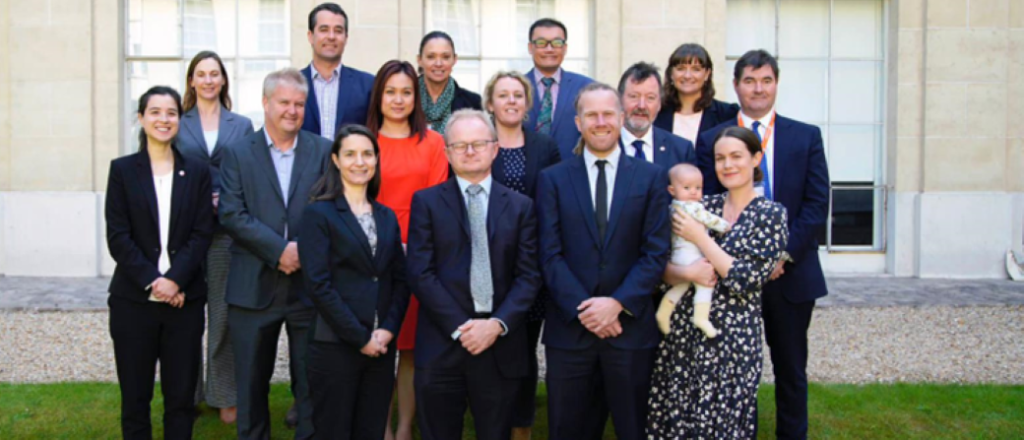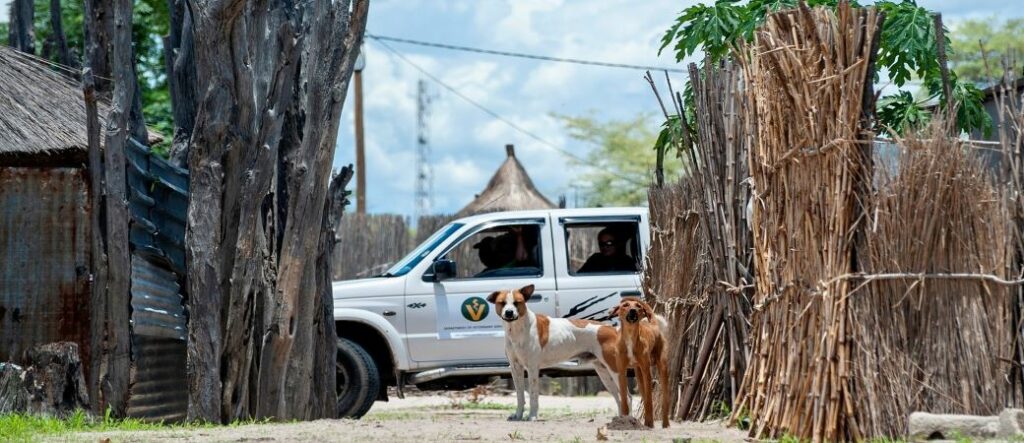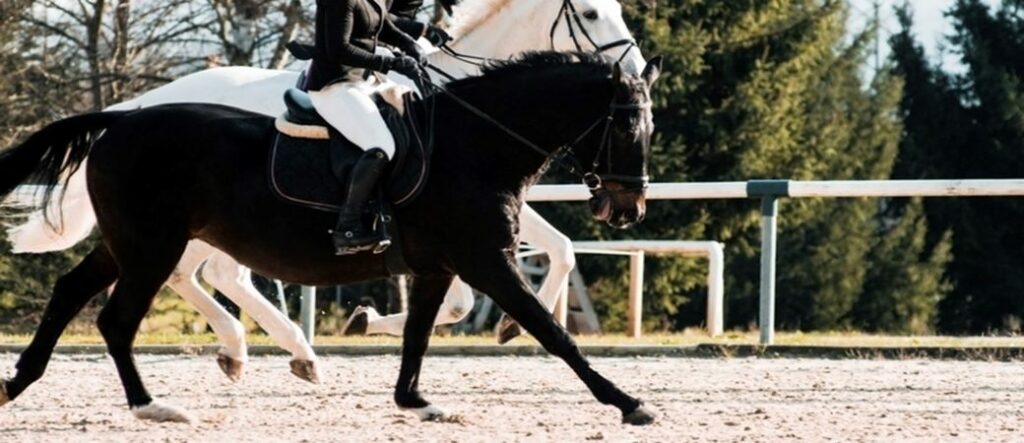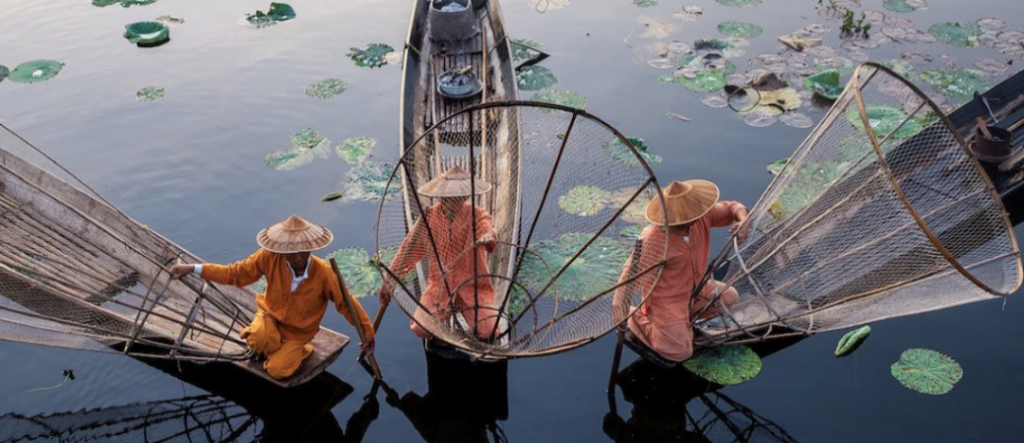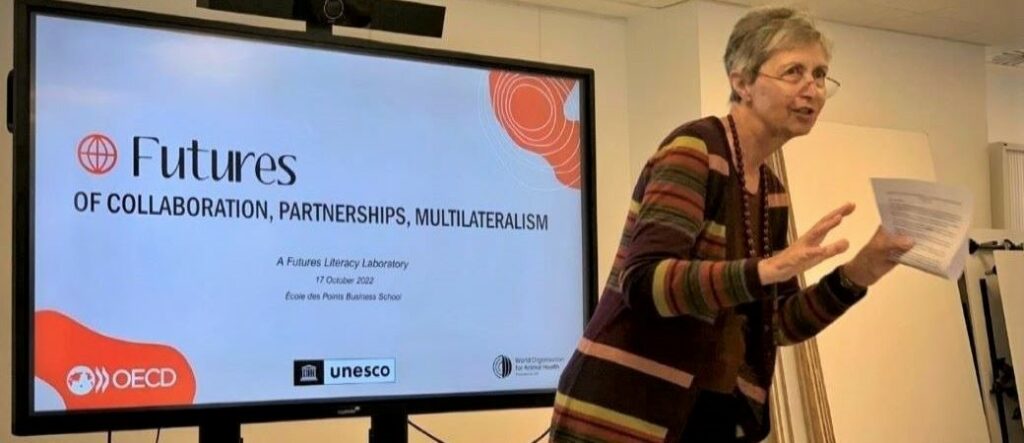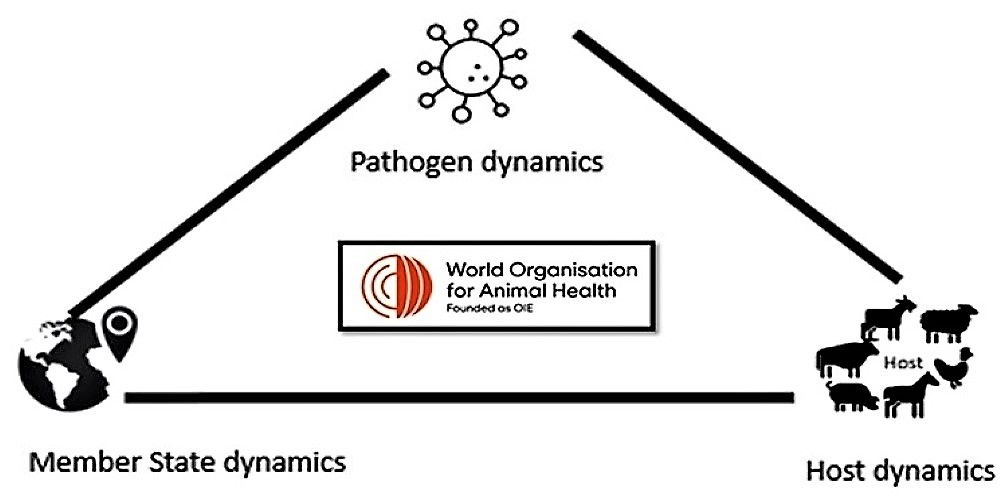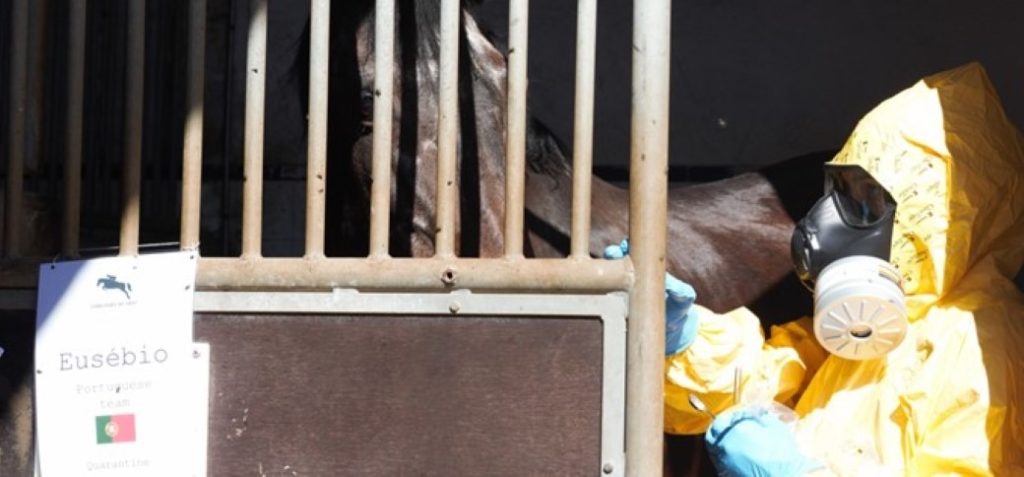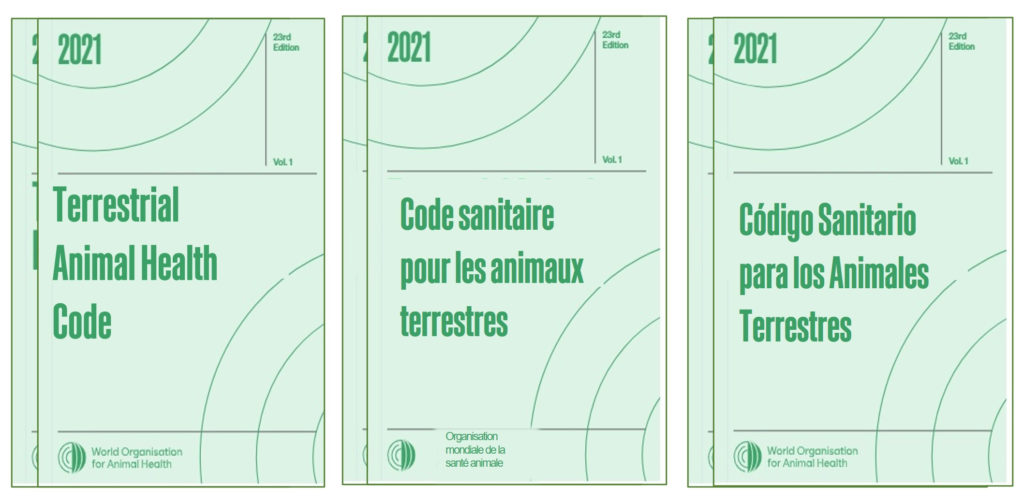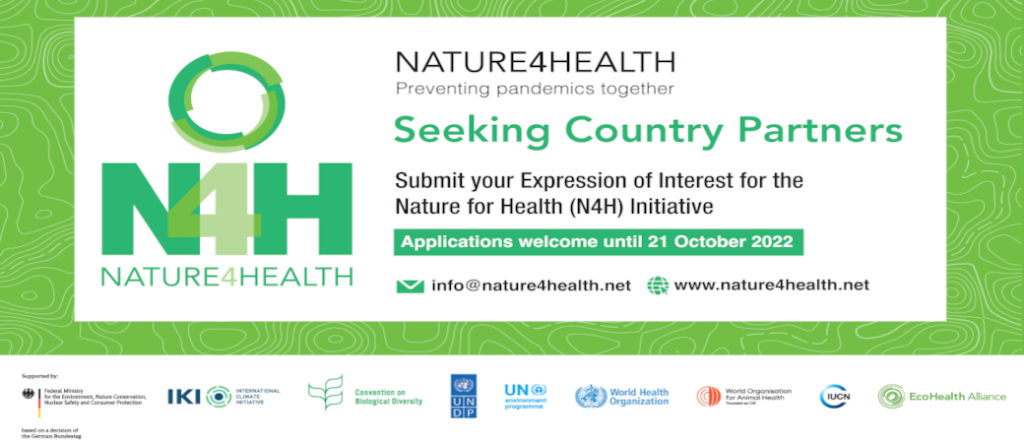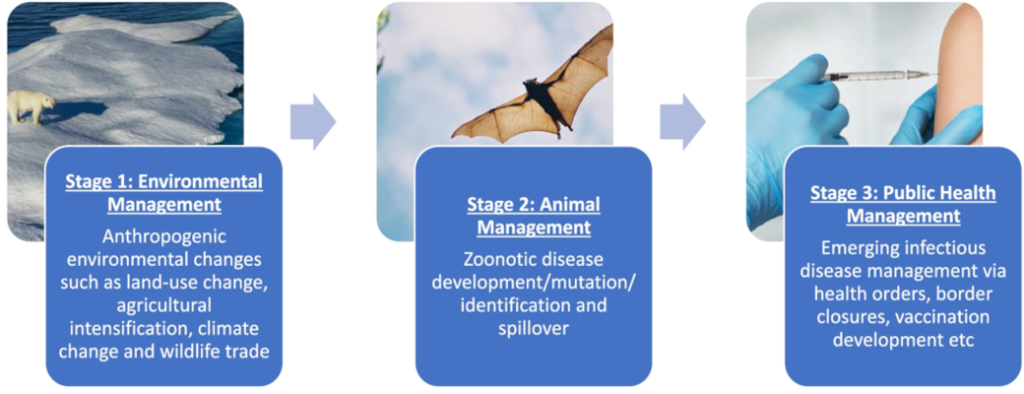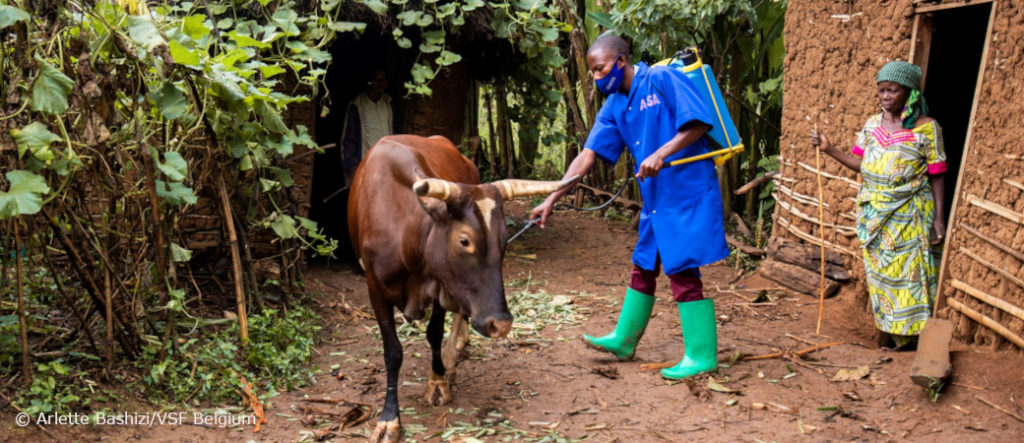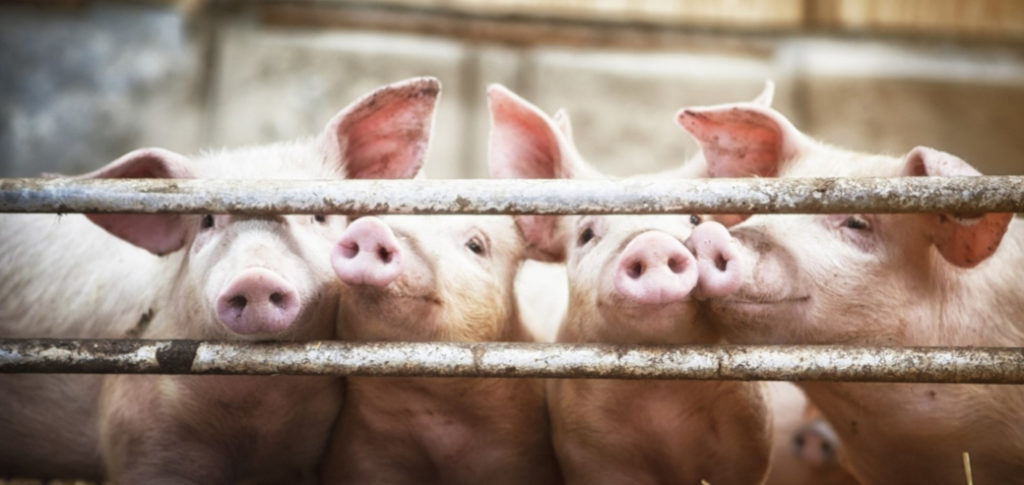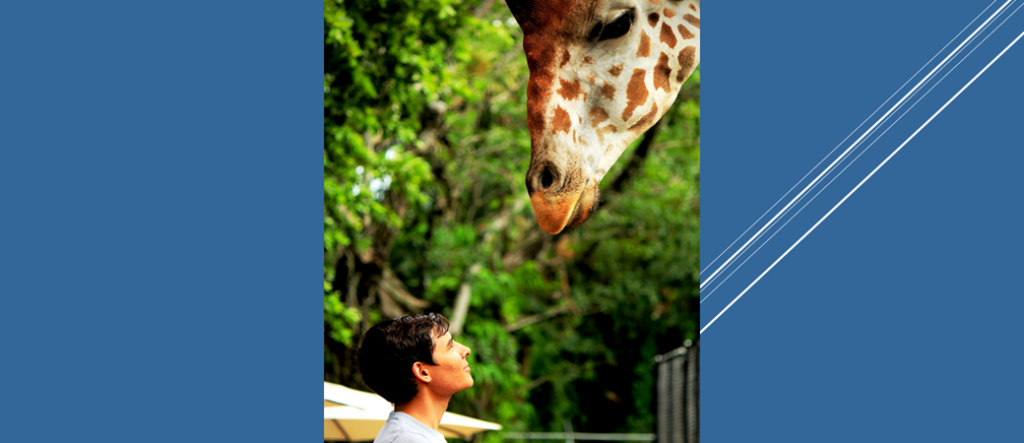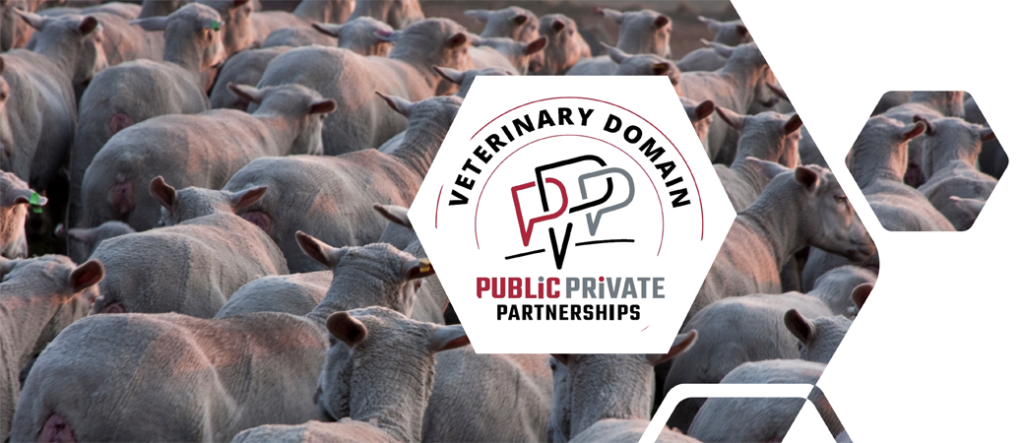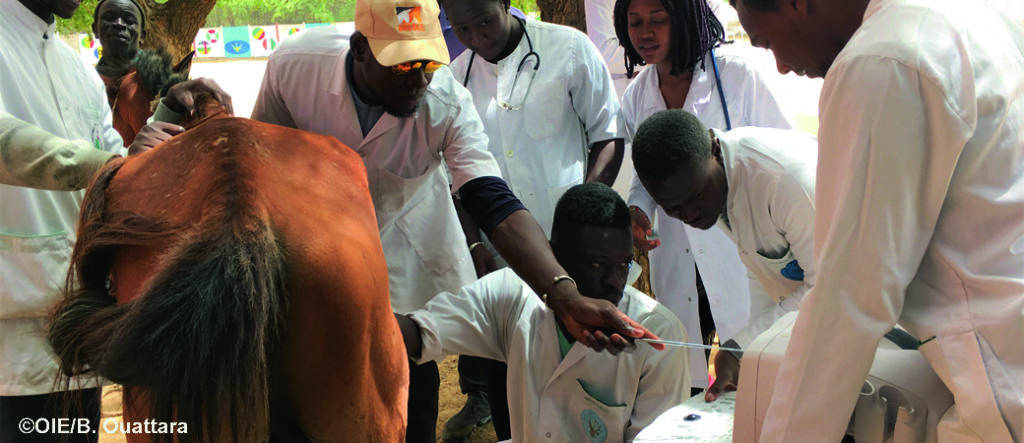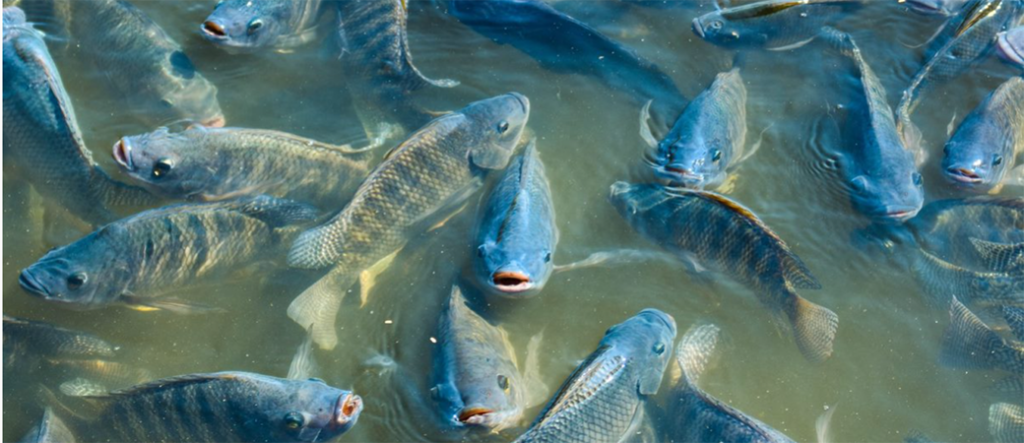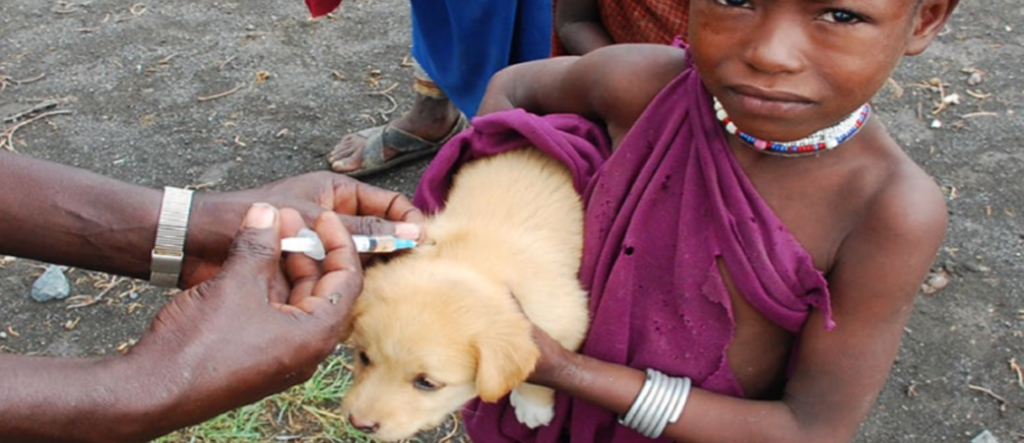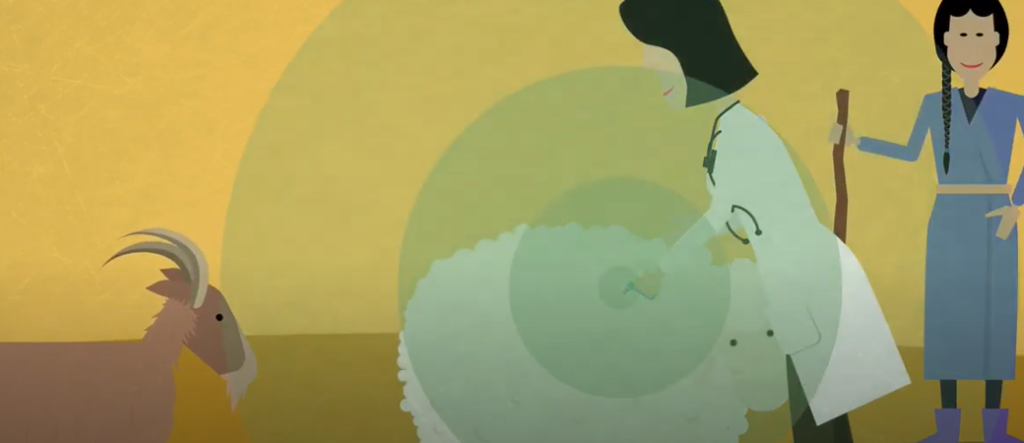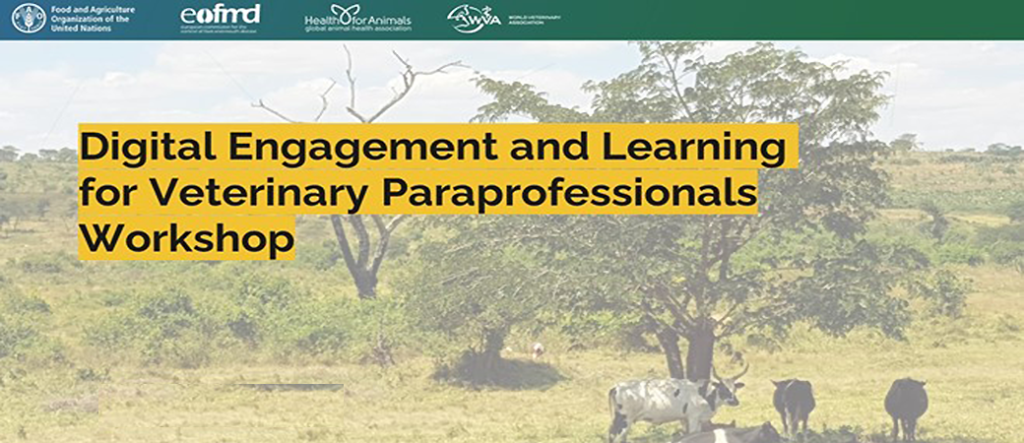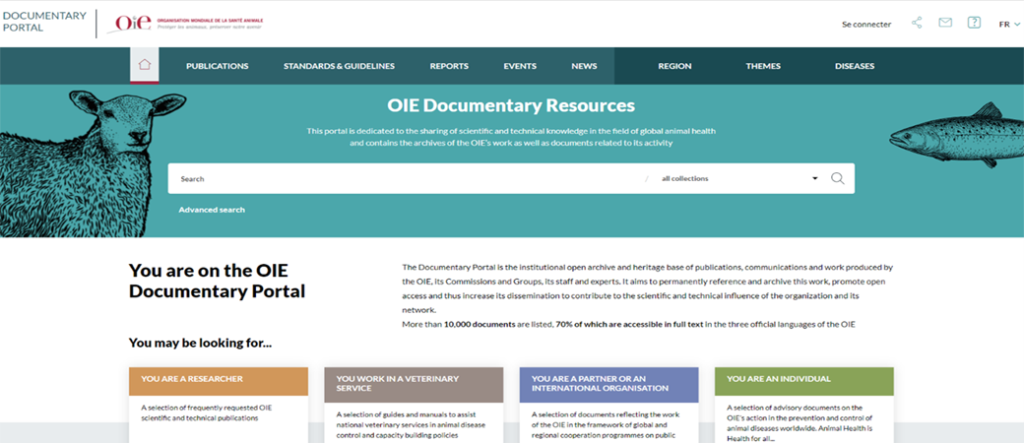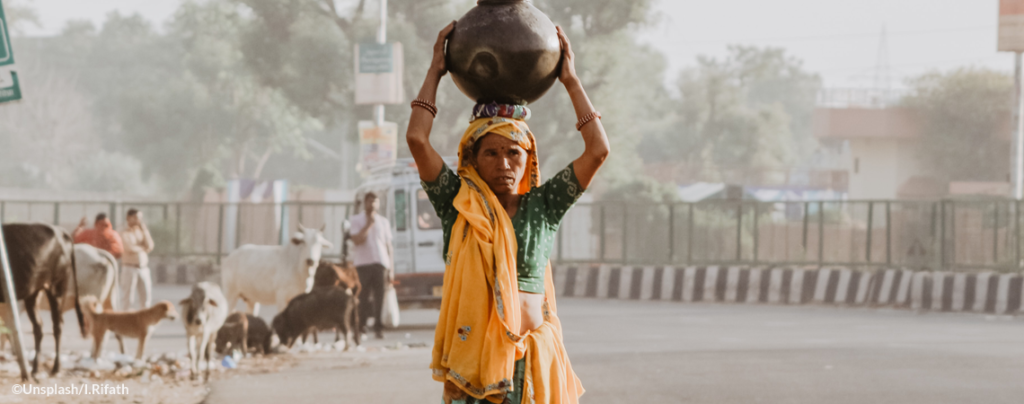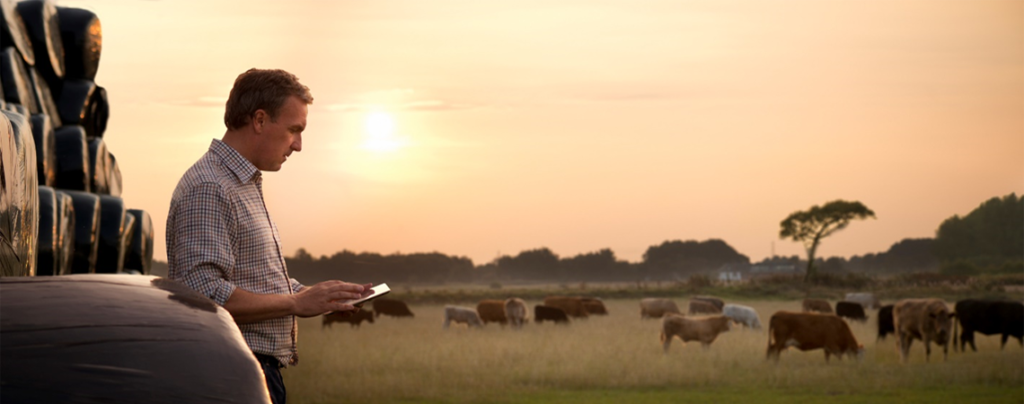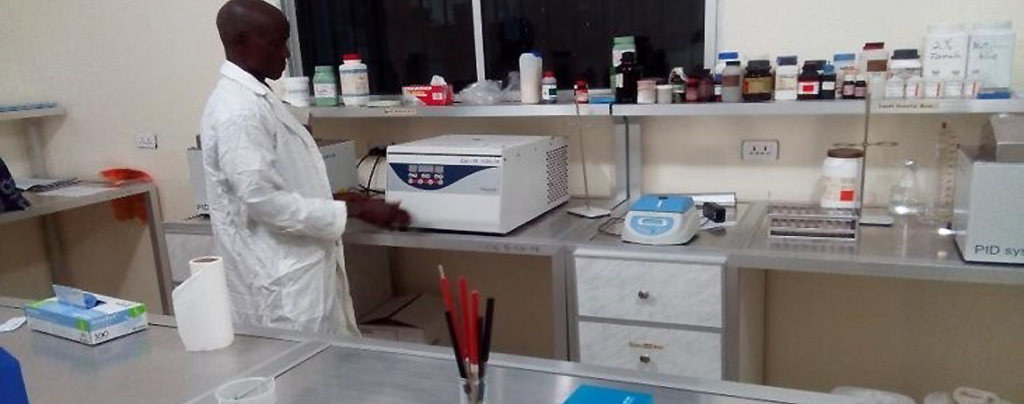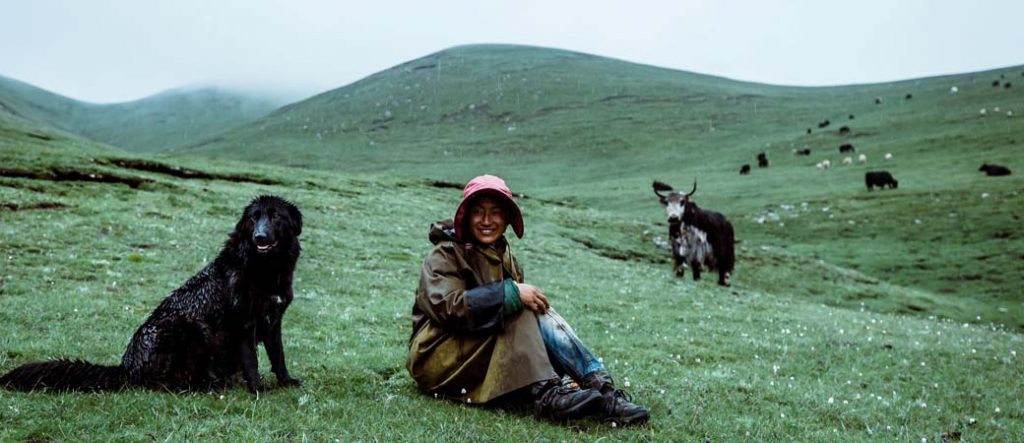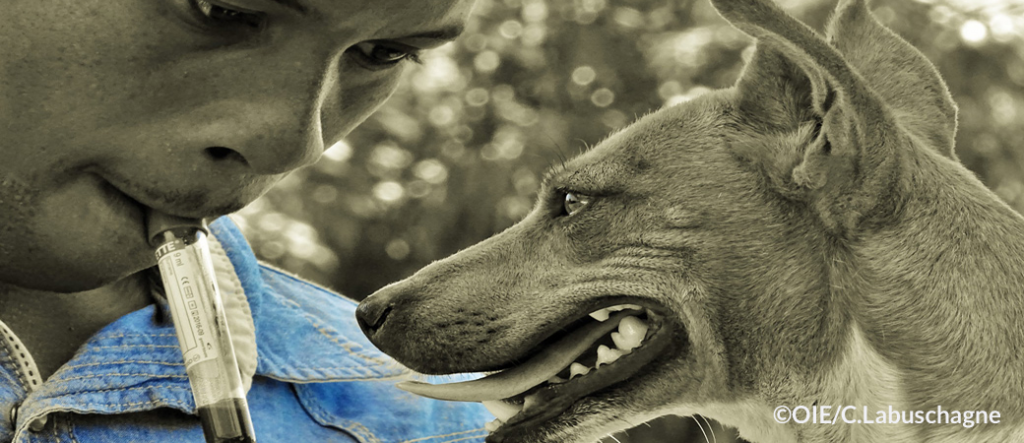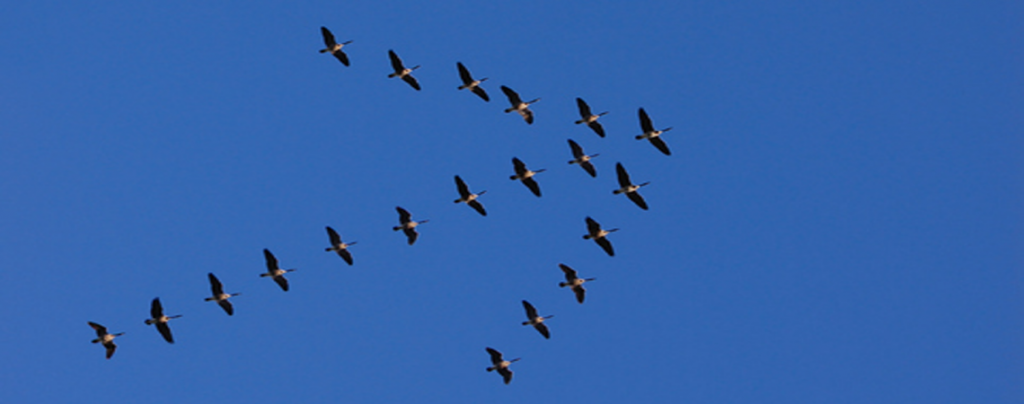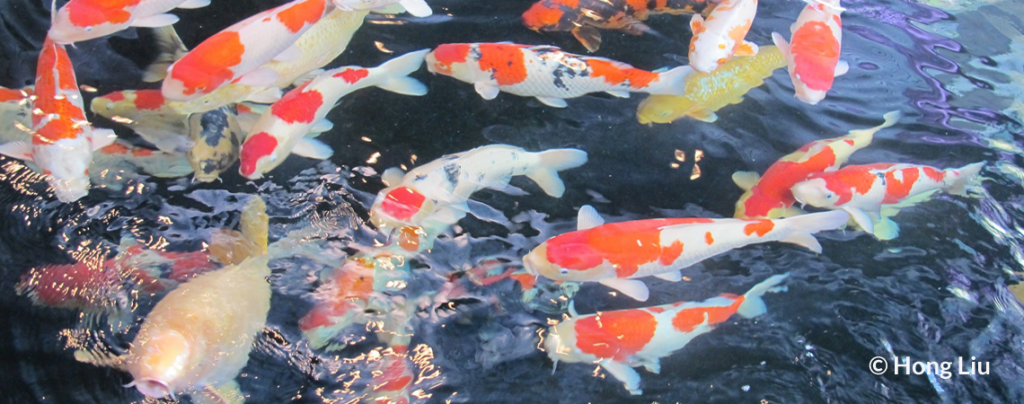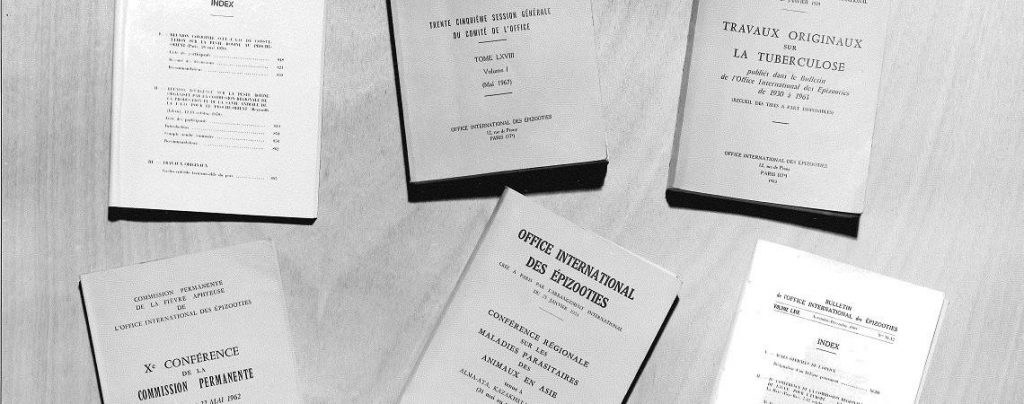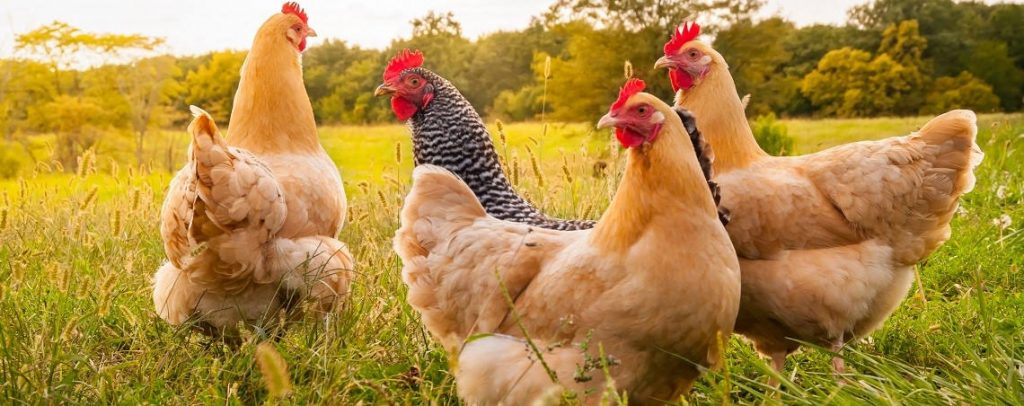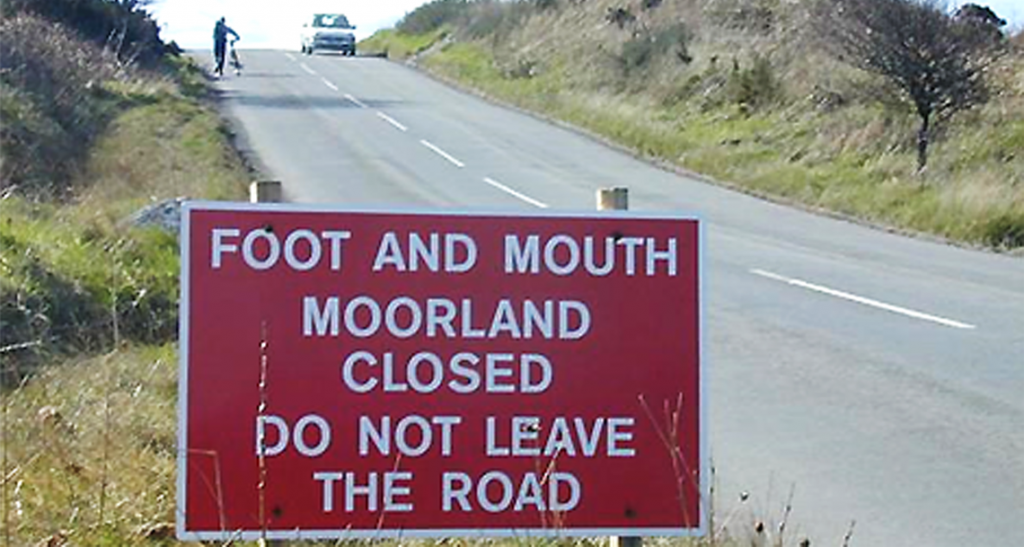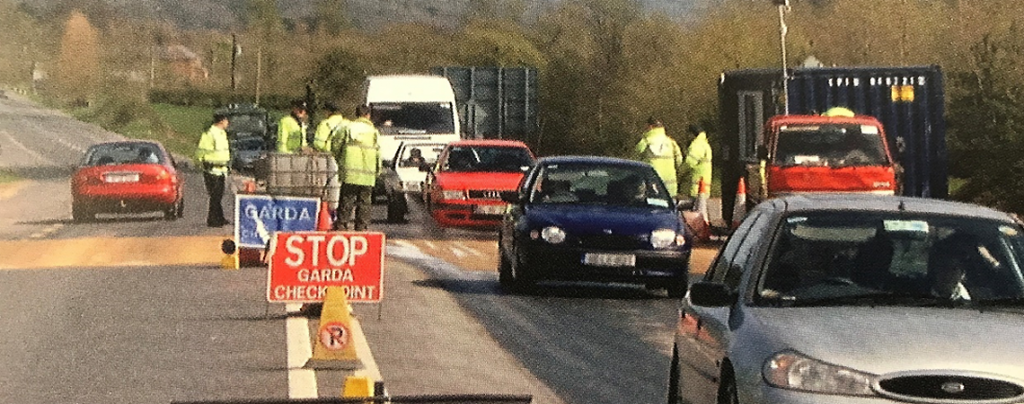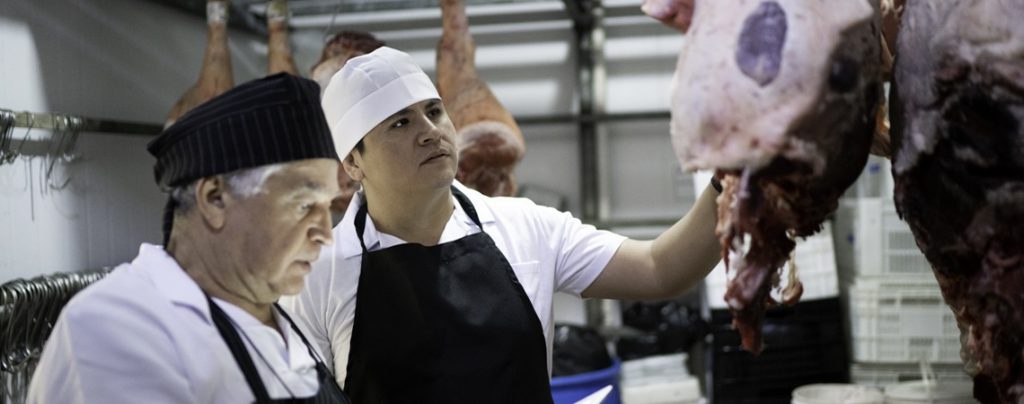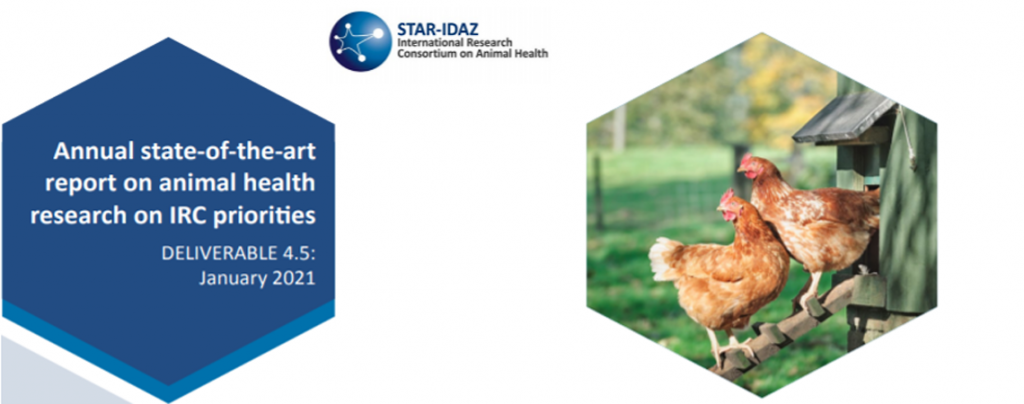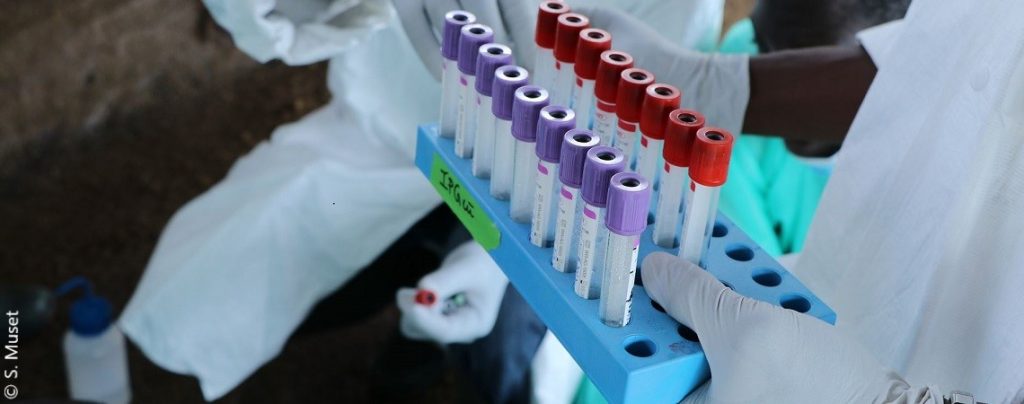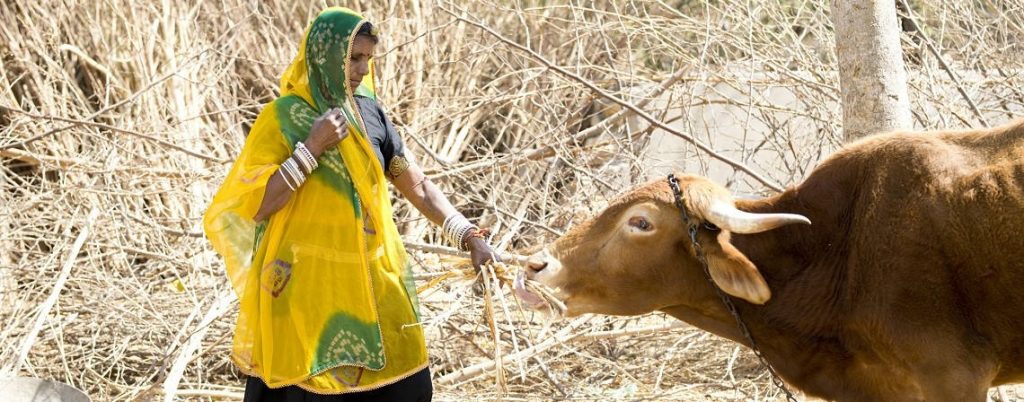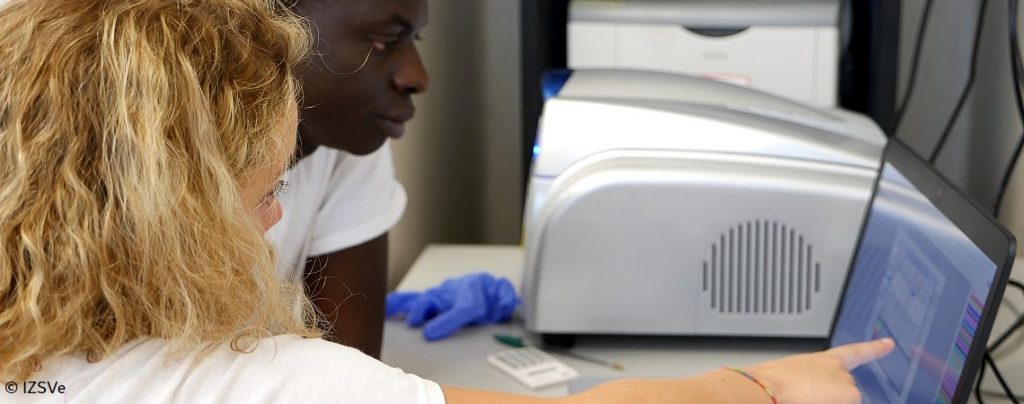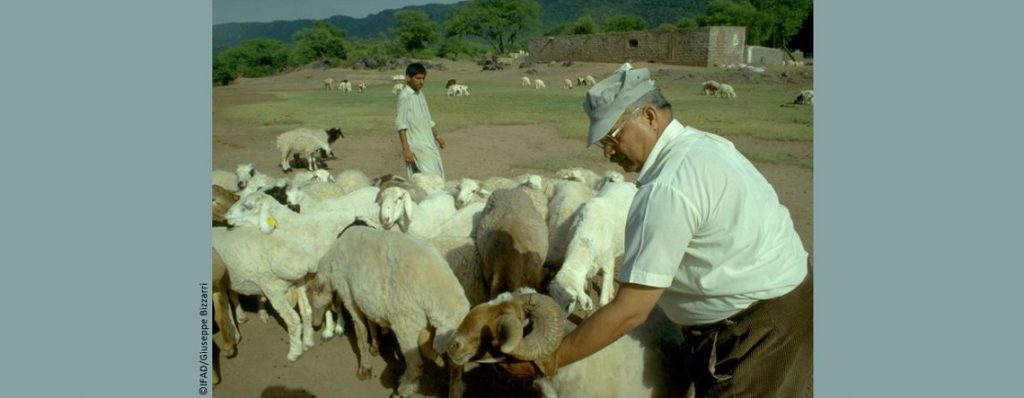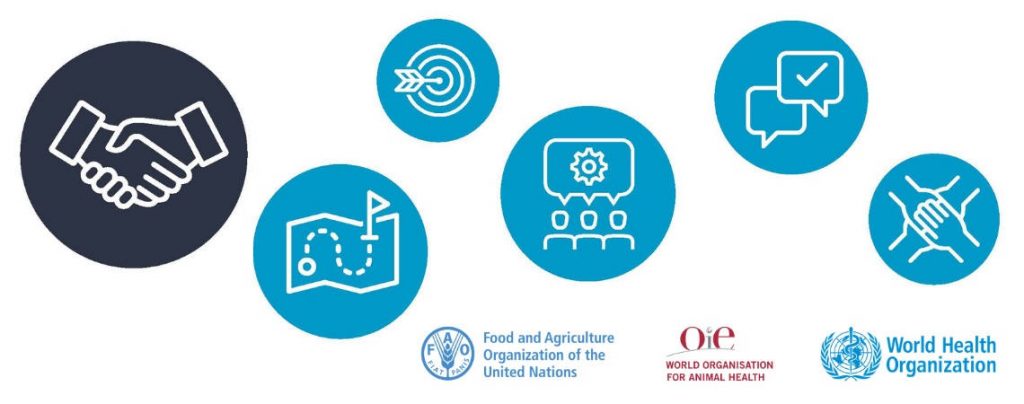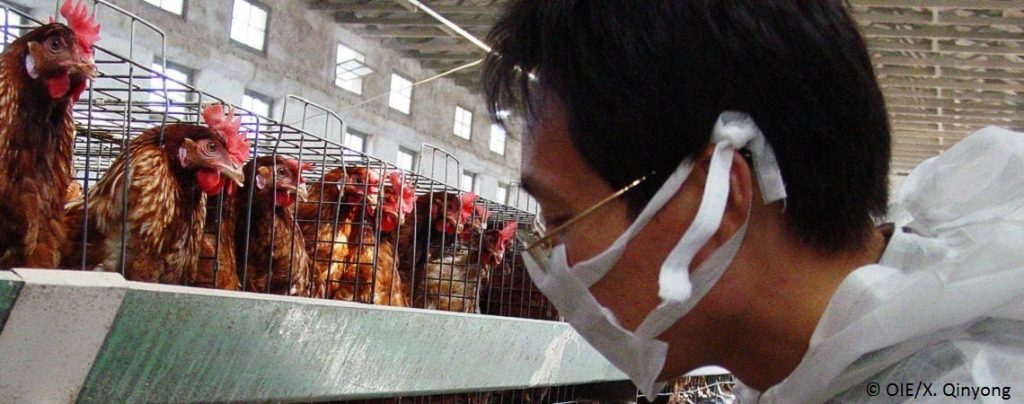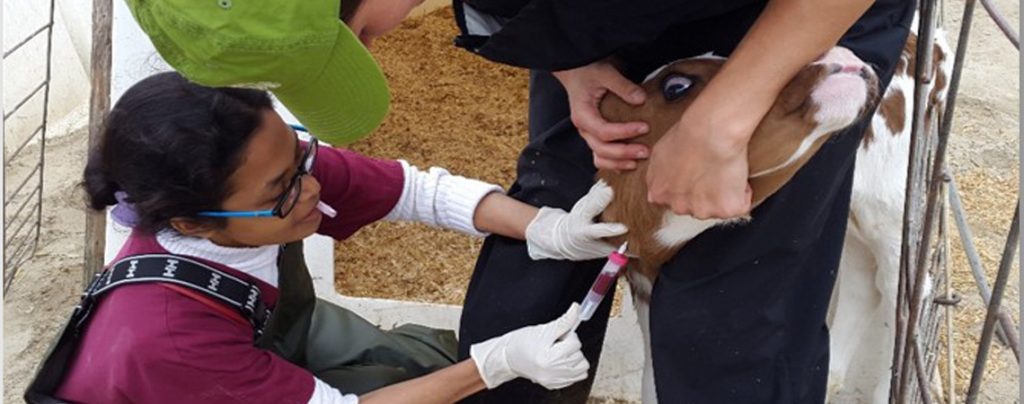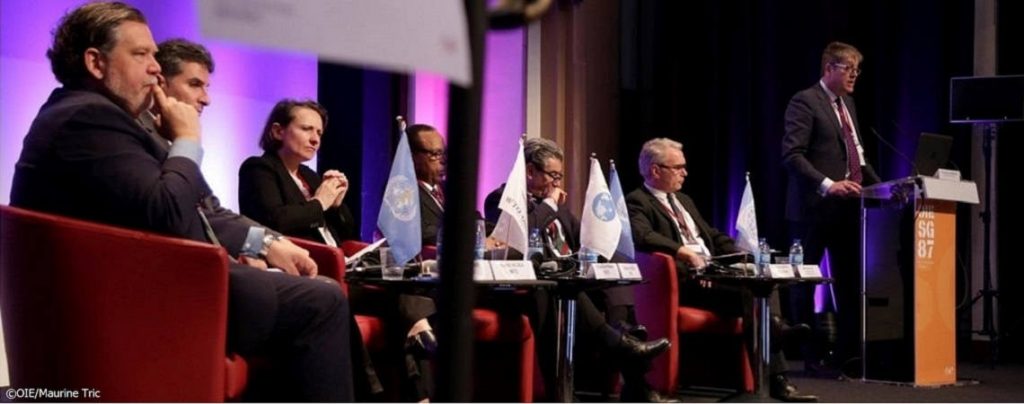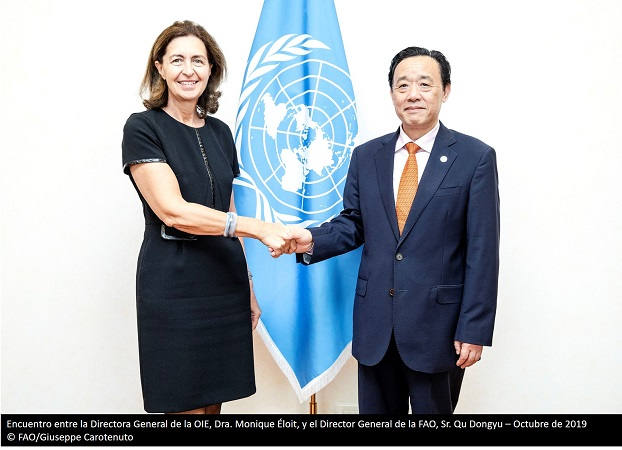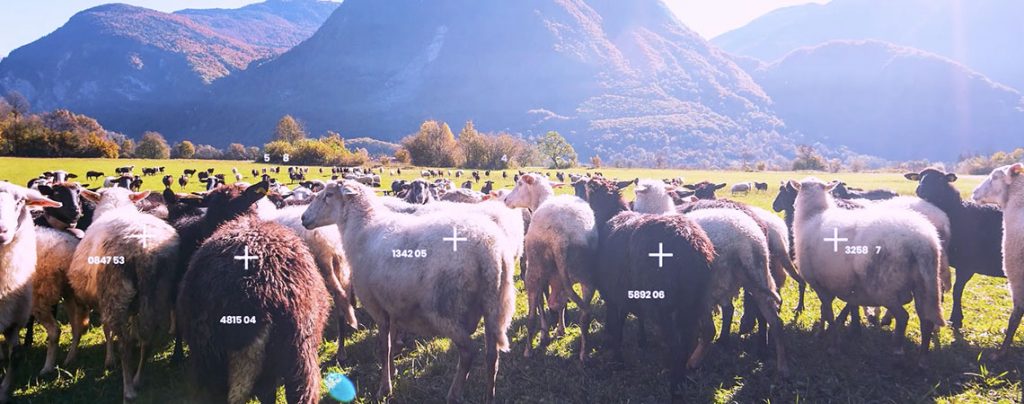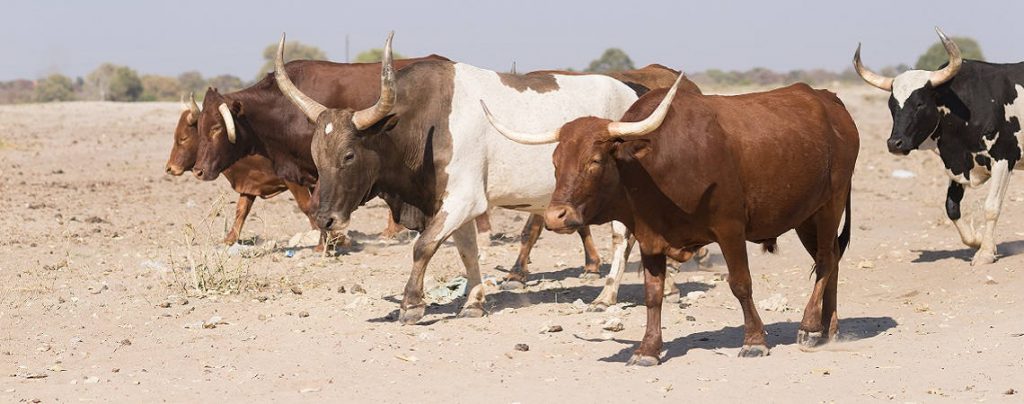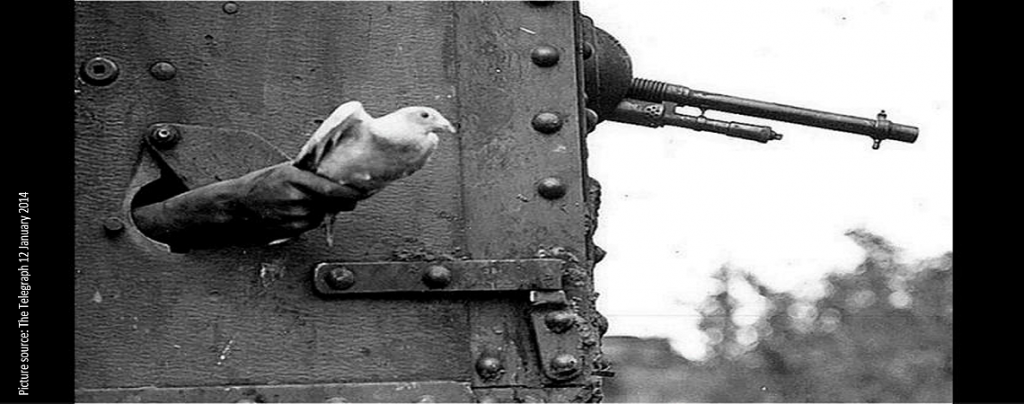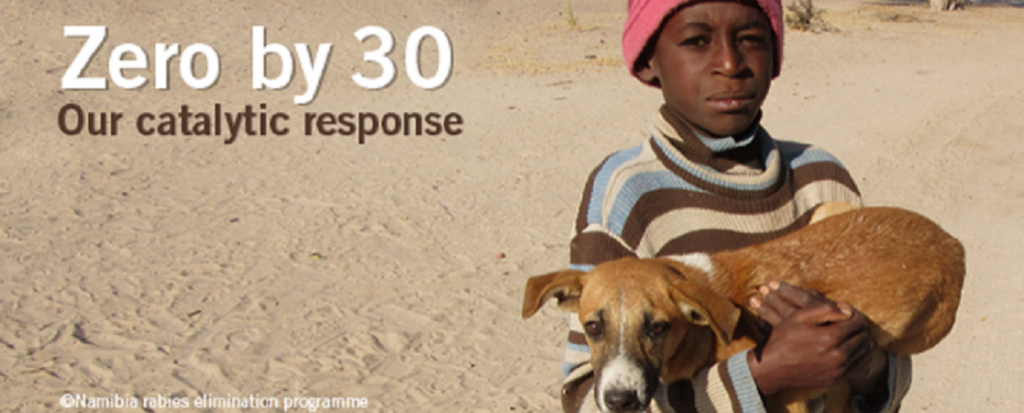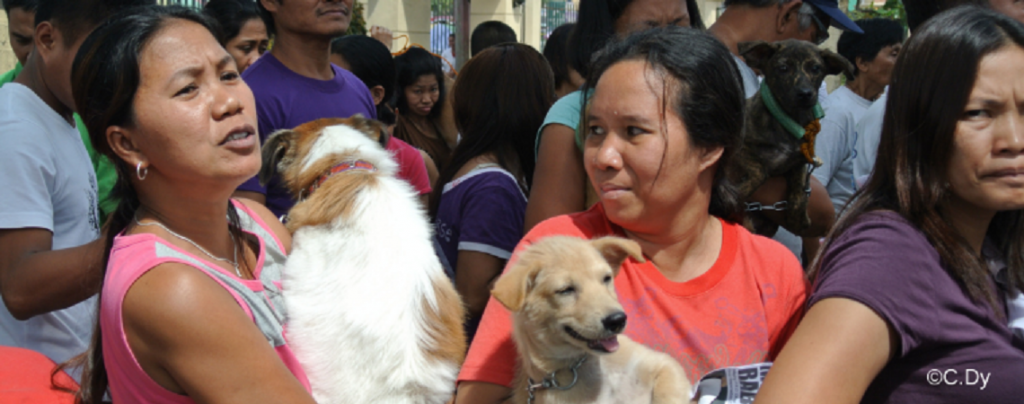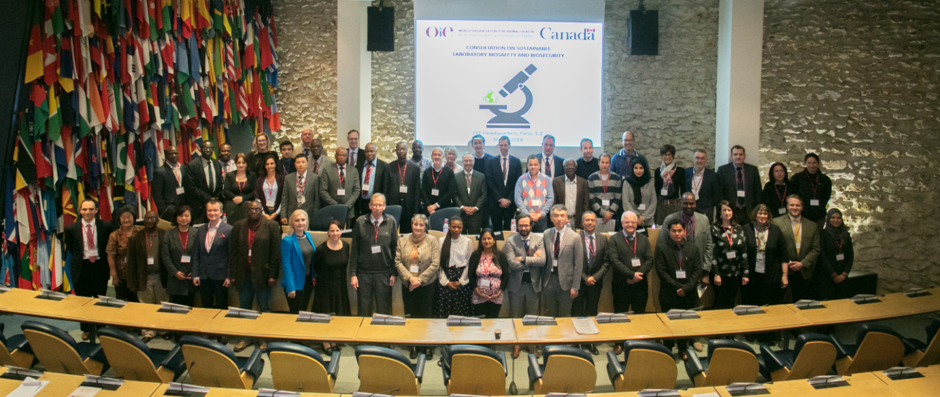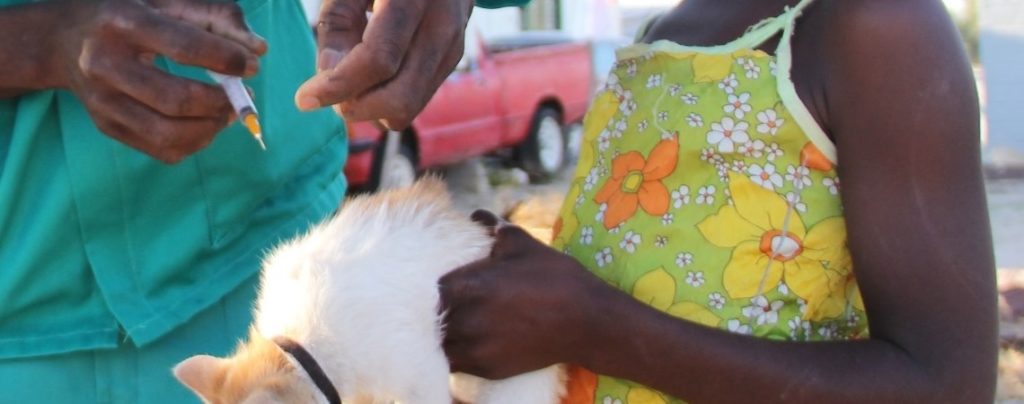INFORMACIÓN CONTINUA Publicado en 2021-03-25 17:37:18
First workshop of the OIE Twinning Network on Viral Haemorrhagic Fevers in West and Central Africa
Palabras clave
The workshop was designed to promote information sharing and to encourage discussion among participants. A series of interactive sessions using Microsoft Whiteboard was combined with presentations from the candidate institutes about the twinning projects in progress at their laboratories. Participants were able to discuss (a) the sustainability of current projects; (b) areas of collaboration; (c) synergies, sharing resources, and information to improve surveillance and control of viral haemorrhagic fevers; and (d) suggestions for keeping in touch and having systematic exchanges.
Main outcomes
The coordinator of the OIE Laboratory Twinning Programme highlighted that since the Programme’s inception in 2006, the most popular topics for twinning projects have been avian influenza/Newcastle disease and brucellosis. However, at present, rabies and VHF have taken the lead in terms of interest from project candidates and from donor contributions. During the interactive sessions, the factor that was deemed as the most important in project sustainability was the allocation of resources to maintain and calibrate laboratory equipment. This observation is in line with the findings of a recent OIE survey of 223 veterinary laboratories from 136 OIE Members. The results of this survey showed that although veterinary laboratories possessed critical equipment to detect and diagnose important animal and zoonotic disease, of the more than 68,000 pieces of equipment reported, approximately 21% were not properly maintained and 48% were not properly calibrated.
The workshop participants suggested that a mutualisation system to share resources for repairing equipment and for hiring metrology services should be created. The participants also noted the importance of advocating with policy-makers to seek funding for these services. During the round-table discussion between the parent institute representatives, information on the opportunity to integrate ring trials and mock audits was shared. It was noted that entomology, epidemiology, and wildlife surveillance were areas where some of the candidate institutes were more specialised than others and could therefore benefit from future collaboration.
Participants’ feedback
The participants were asked to provide feedback on the workshop in a follow-up survey, which showed encouraging responses from the participants who were glad to meet their colleagues and partners and to strengthen regional collaboration. Internet connectivity problems and the fact that the project timelines were not comparable were pointed out as the main downsides. The great majority of respondents expressed an interest in having an annual meeting of this group, and in the possibility of having topic-focused discussions.
The second meeting of this network is scheduled to take place in 2022 in Senegal, as a side event to the Symposium International sur les Maladies Zoonotiques Émergentes et Réémergentes: focus sur les Fièvres Hémorragiques Virales en Afrique organised through the EBO-SURSY Project.
The twinning project teams in attendance were:
-
- Mali (Laboratoire Central Vétérinaire) and France (Centre de coopération internationale en recherche agronomique pour le développement – CIRAD) for Rift Valley Fever (RVF).
- Senegal (Institut Sénégalais de Recherches Agricoles – Laboratoire National d’Élevage et de Recherches Vétérinaires) and France (CIRAD) for RVF and Ebola.
- Cameroon (Laboratoire National Vétérinaire) and Germany (Friedrich Loeffler Institute) for VHFs with focus on Crimean Congo Haemorrhagic Fever (CCHF), RVF and Ebola.
- Liberia (Central Veterinary Diagnostic Laboratory) and New Zealand (Massey University) for VHFs with focus on Ebola and Lassa fever.
- Mauritania (Office national de recherches sur le développement de l’élevage) and France (Institut Pasteur) for VHFs with focus on CCHF and RVF, and a long-term collaboration with Germany for VHFs with focus on Crimean-Congo haemorrhagic fever (CCHF), RVF and Ngari virus.
- Benin (Laboratoire de Diagnostic Vétérinaire et de Sérosurveillance de Parakou) and France (Institut Pasteur) for VHF with focus on Lassa fever.

© S. Muset More information on the OIE Laboratory Twinning Programme AUTHORS:
M. Marrana (1)*, S. Muset (2) & P. Pato (3)
(1) Chargée de mission, Preparedness and Resilience Department, World Organisation for Animal Health (OIE).
(2) EBO-SURSY Project Lead Programme and Technical Coordinator, Preparedness and Resilience Department, World Organisation for Animal Health (OIE).
(3) Programme officer, Technical Coordinator REDISSE Project, Regional Representation for Africa, World Organisation for Animal Health (OIE).Corresponding author: m.marrana@oie.int
◼ OIE News – March 2021




